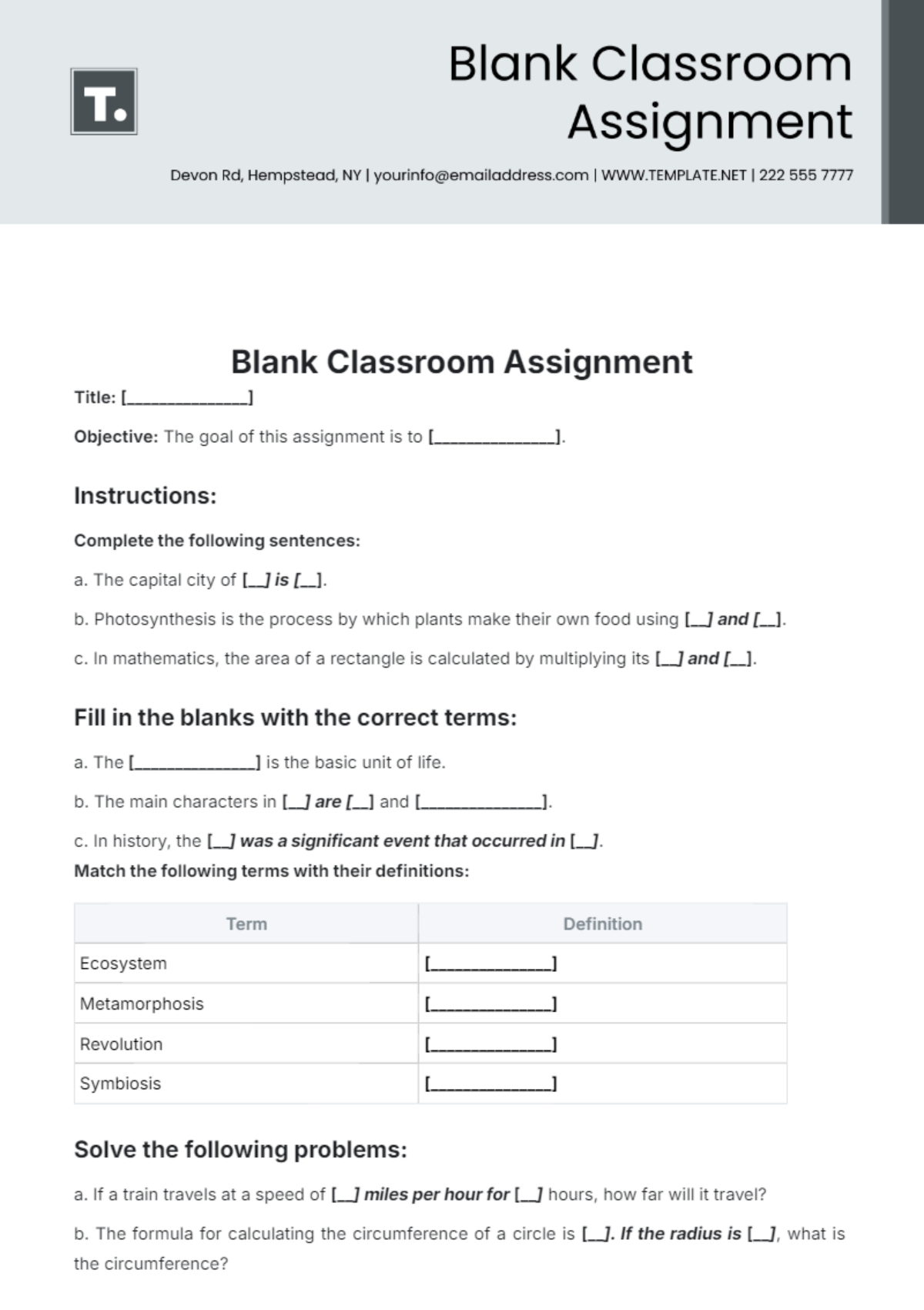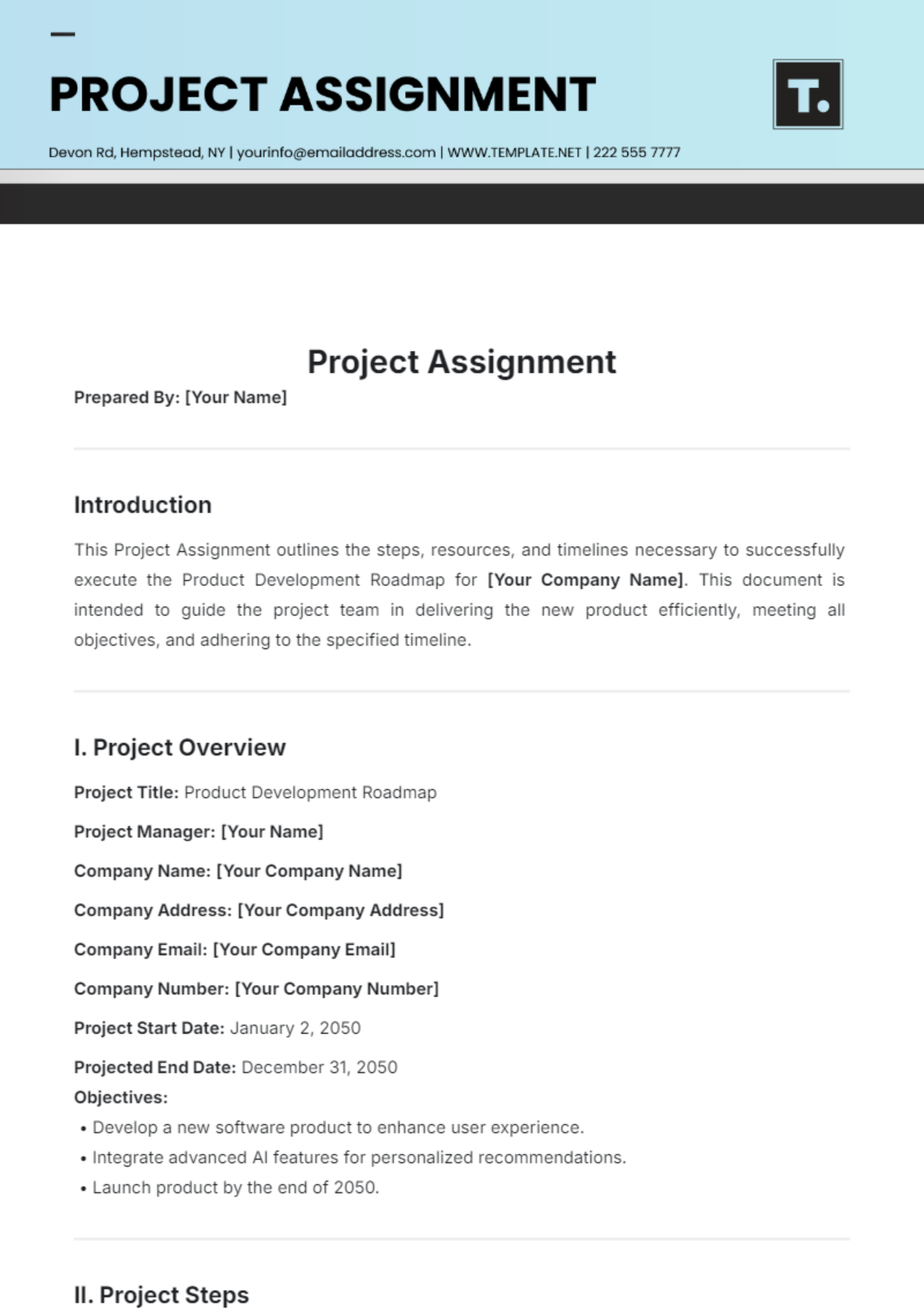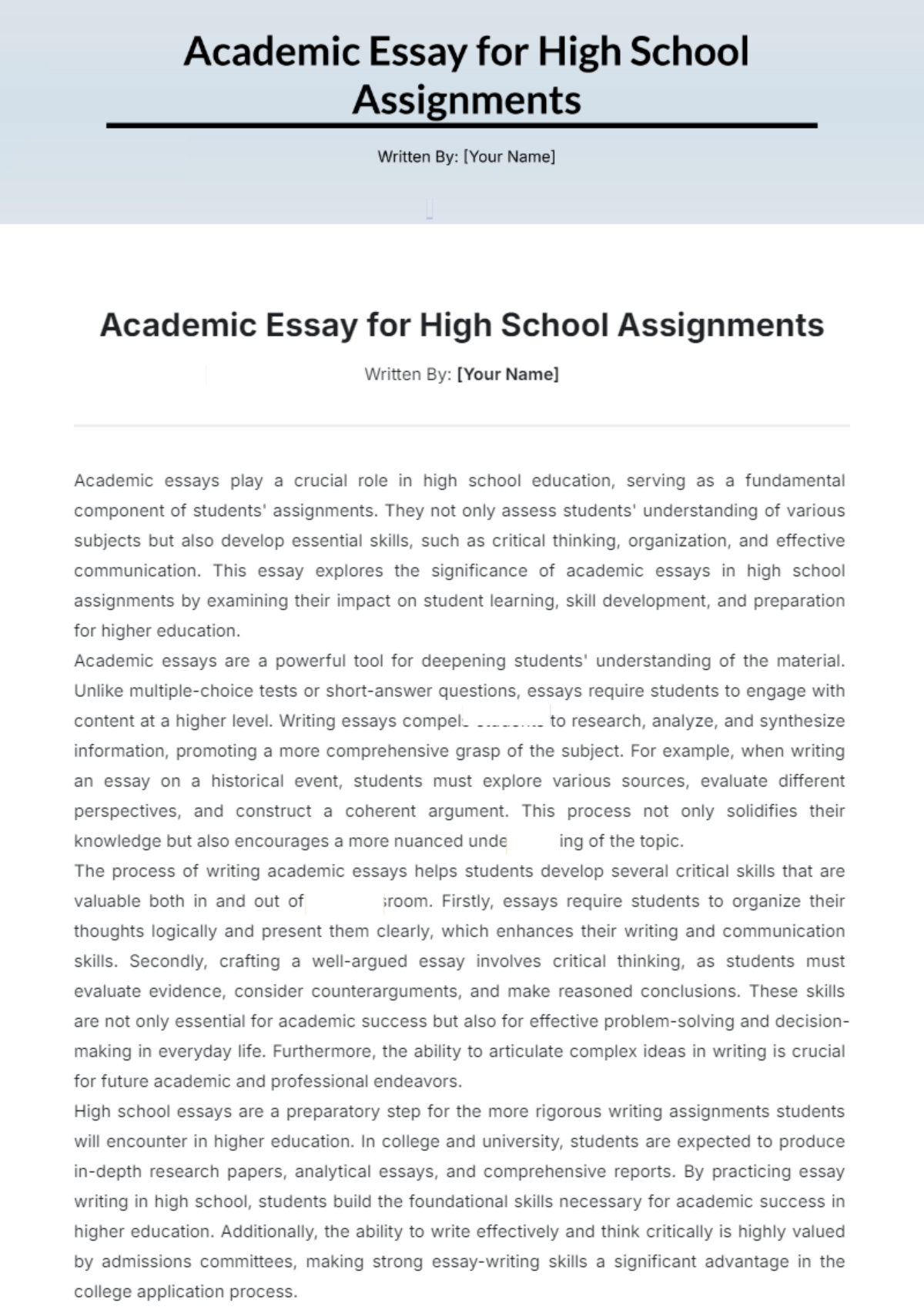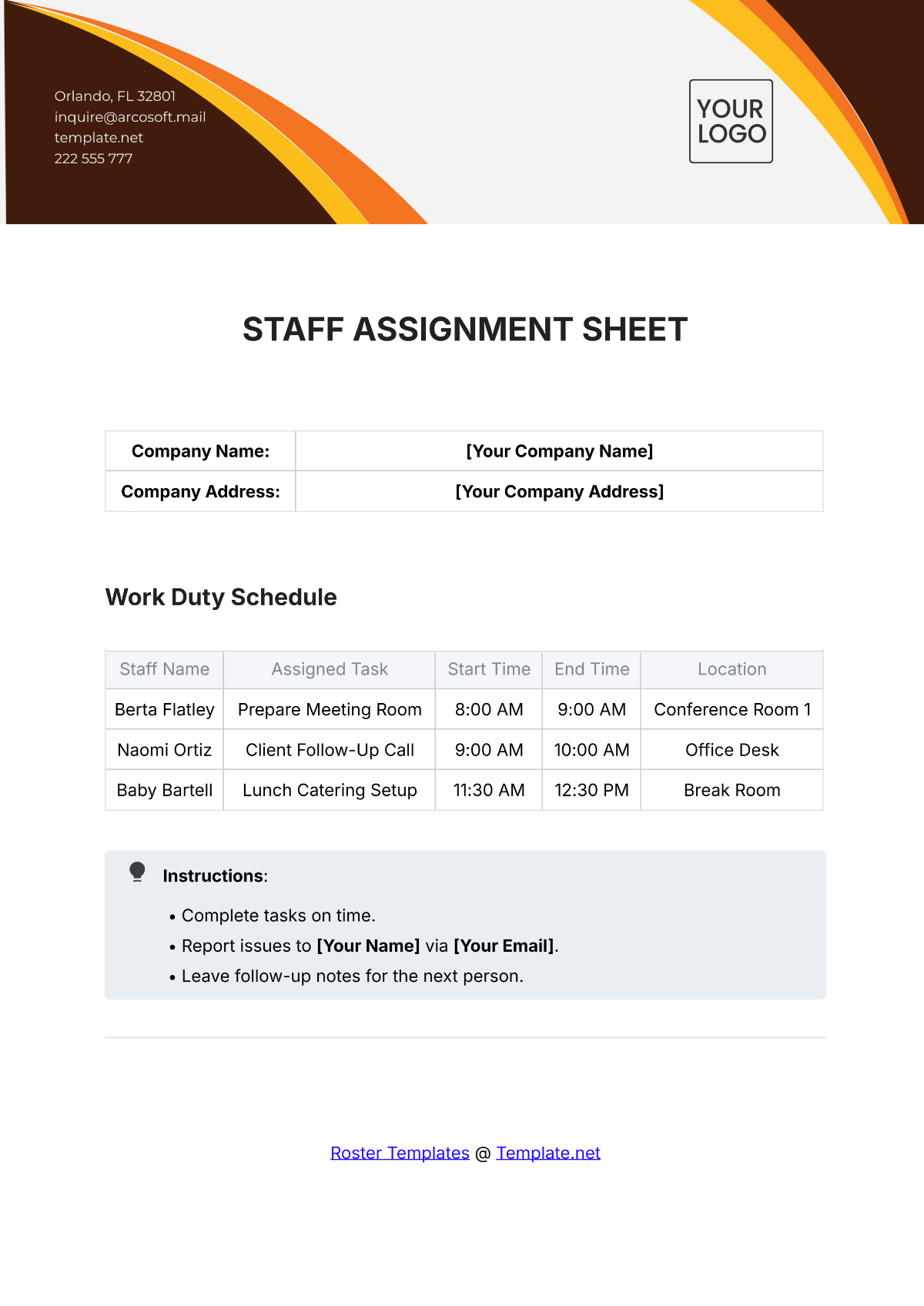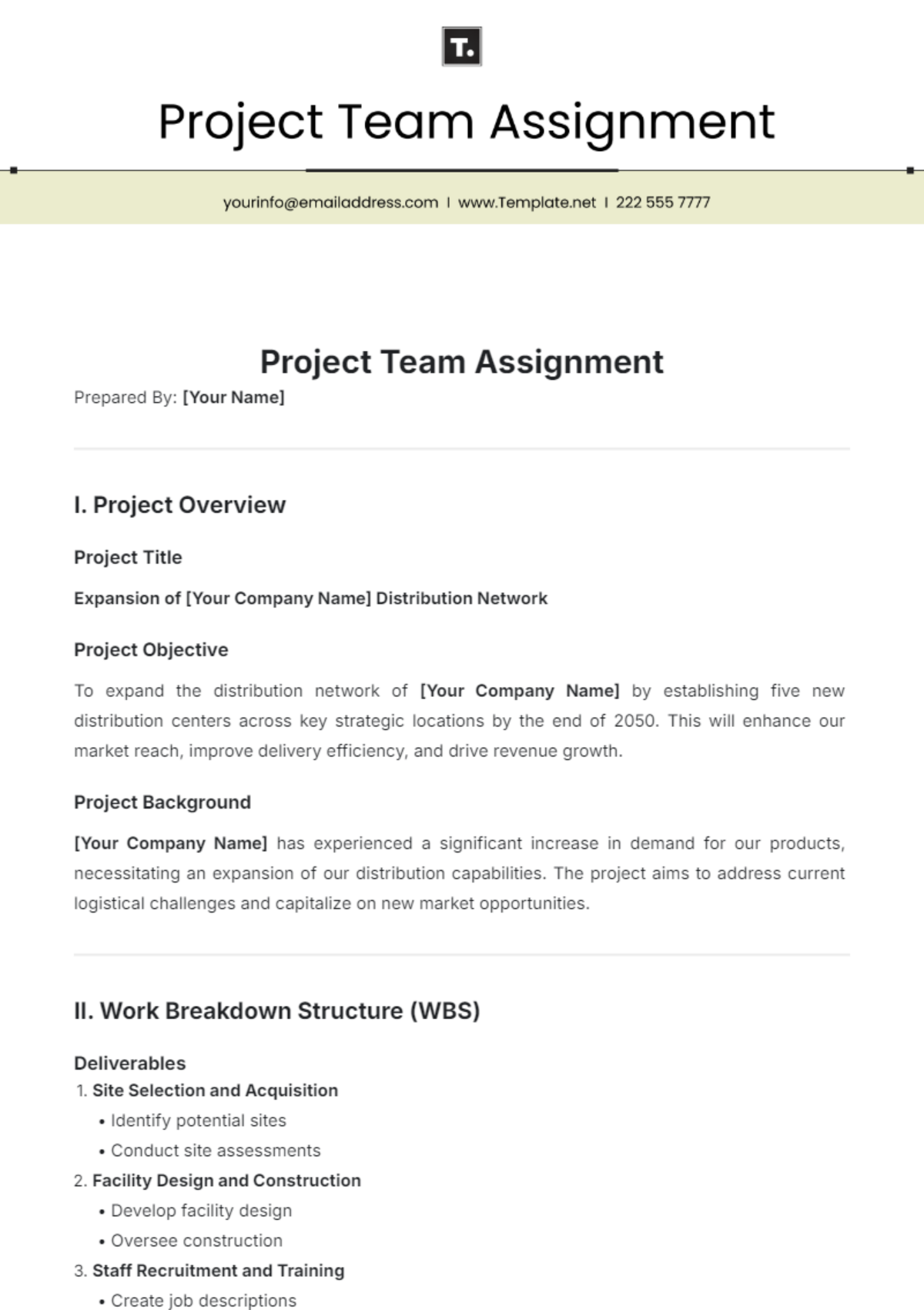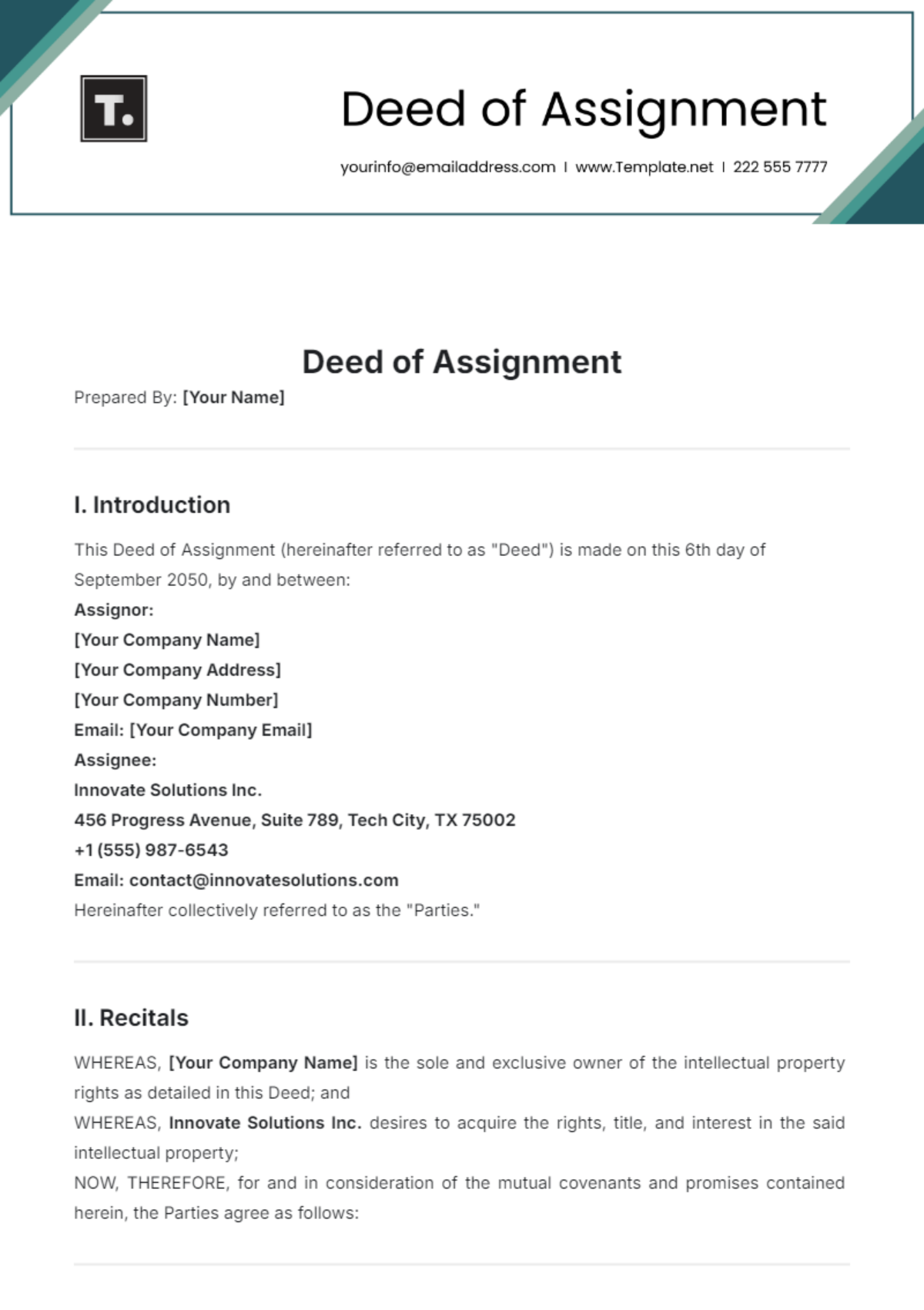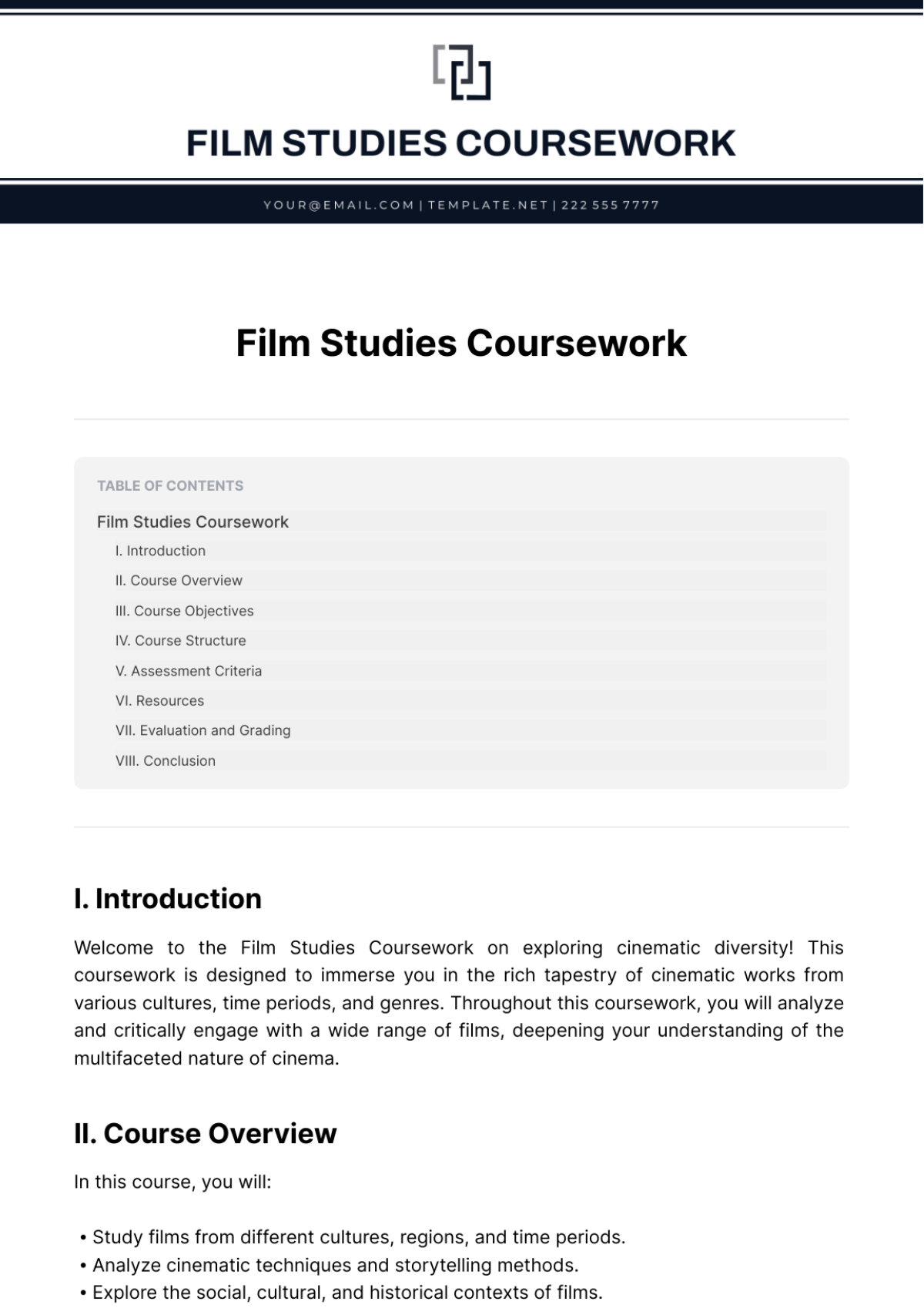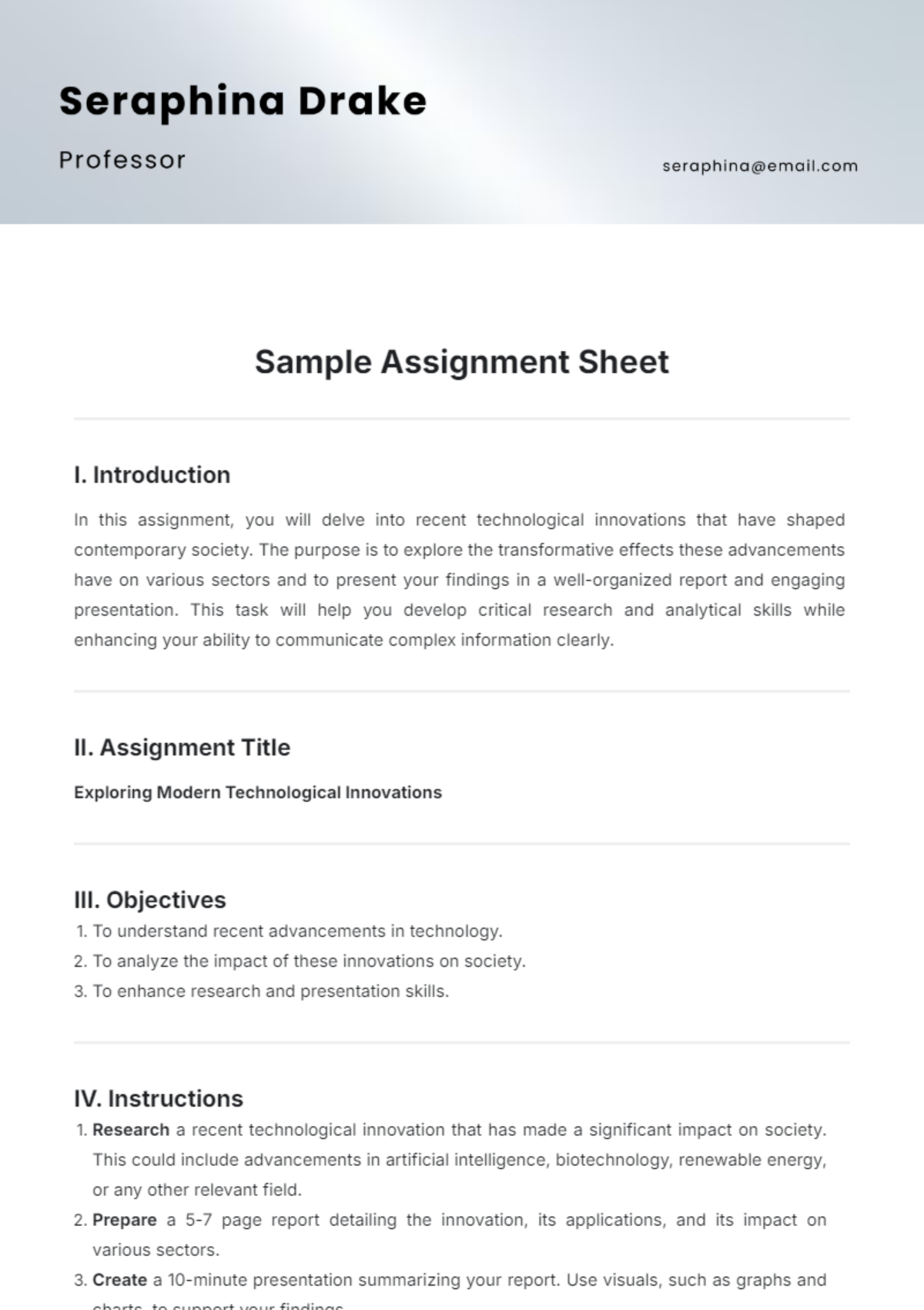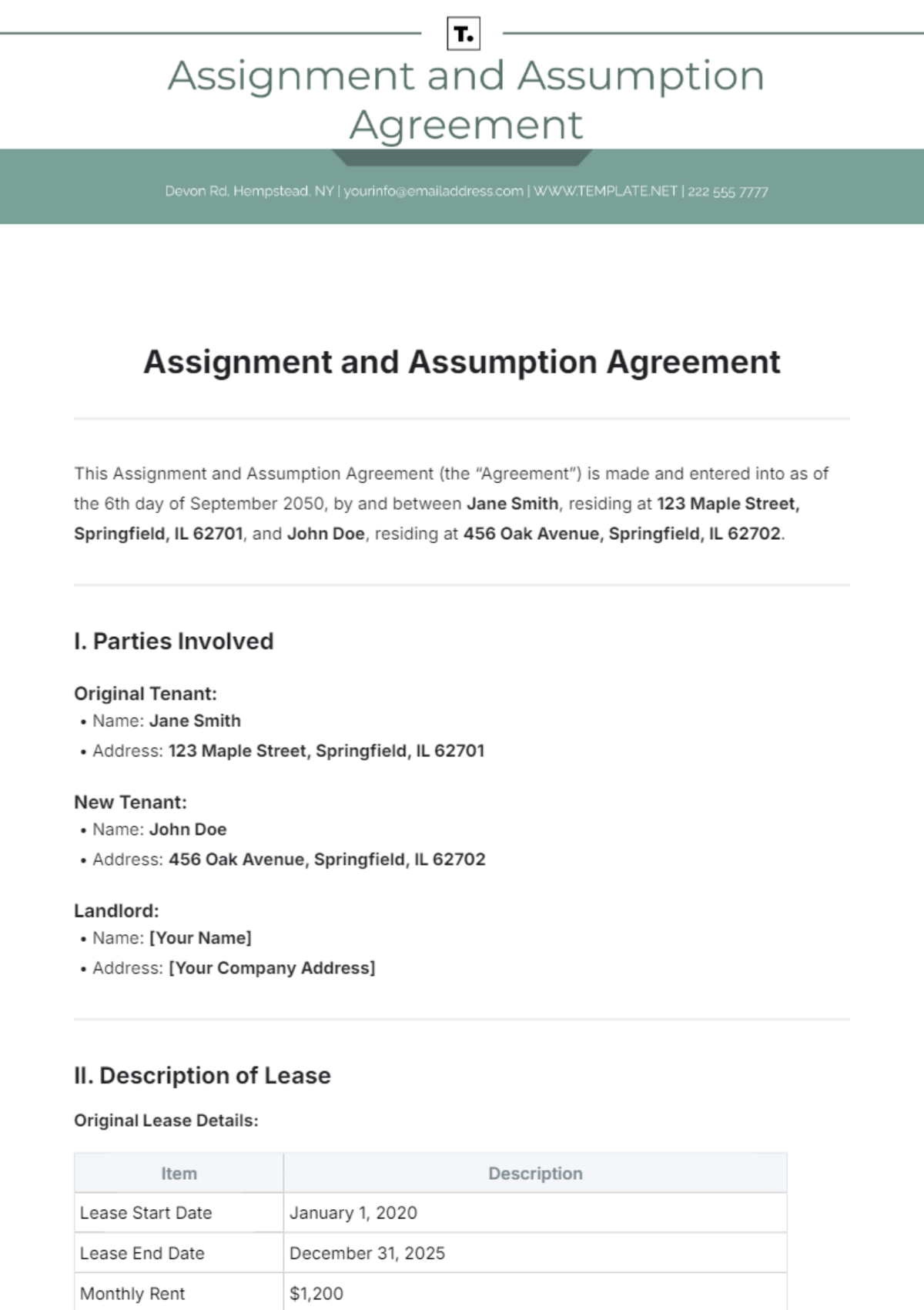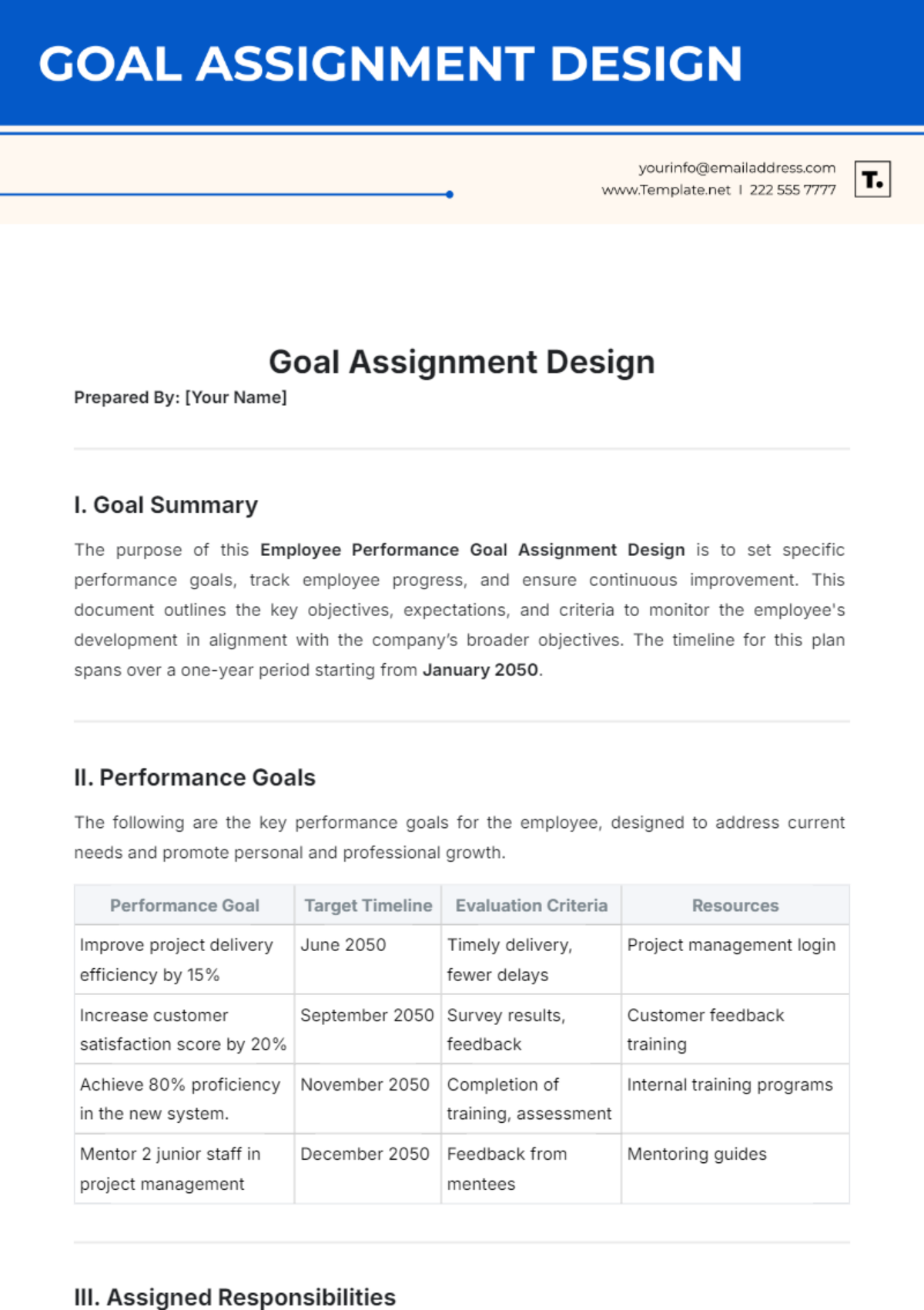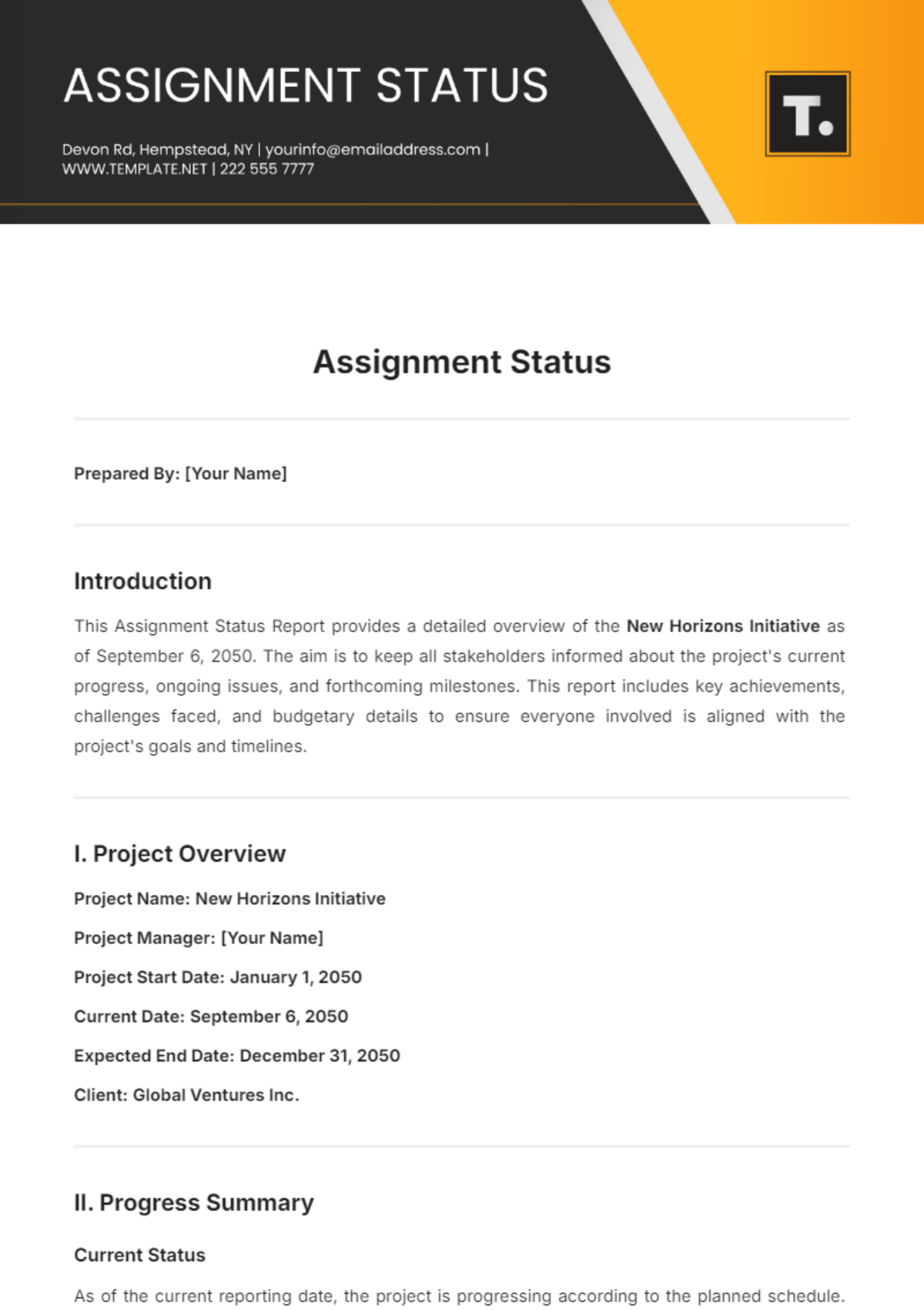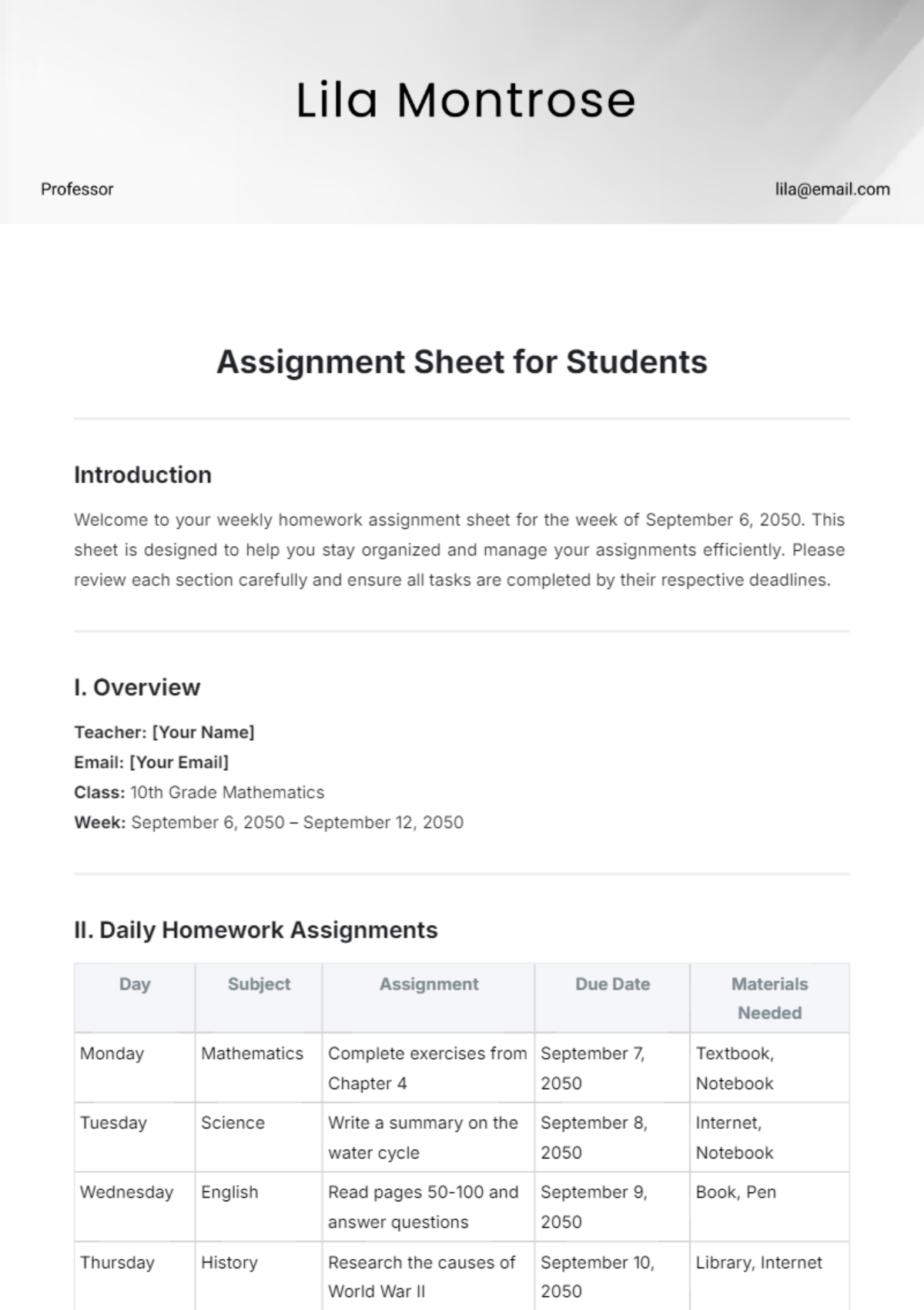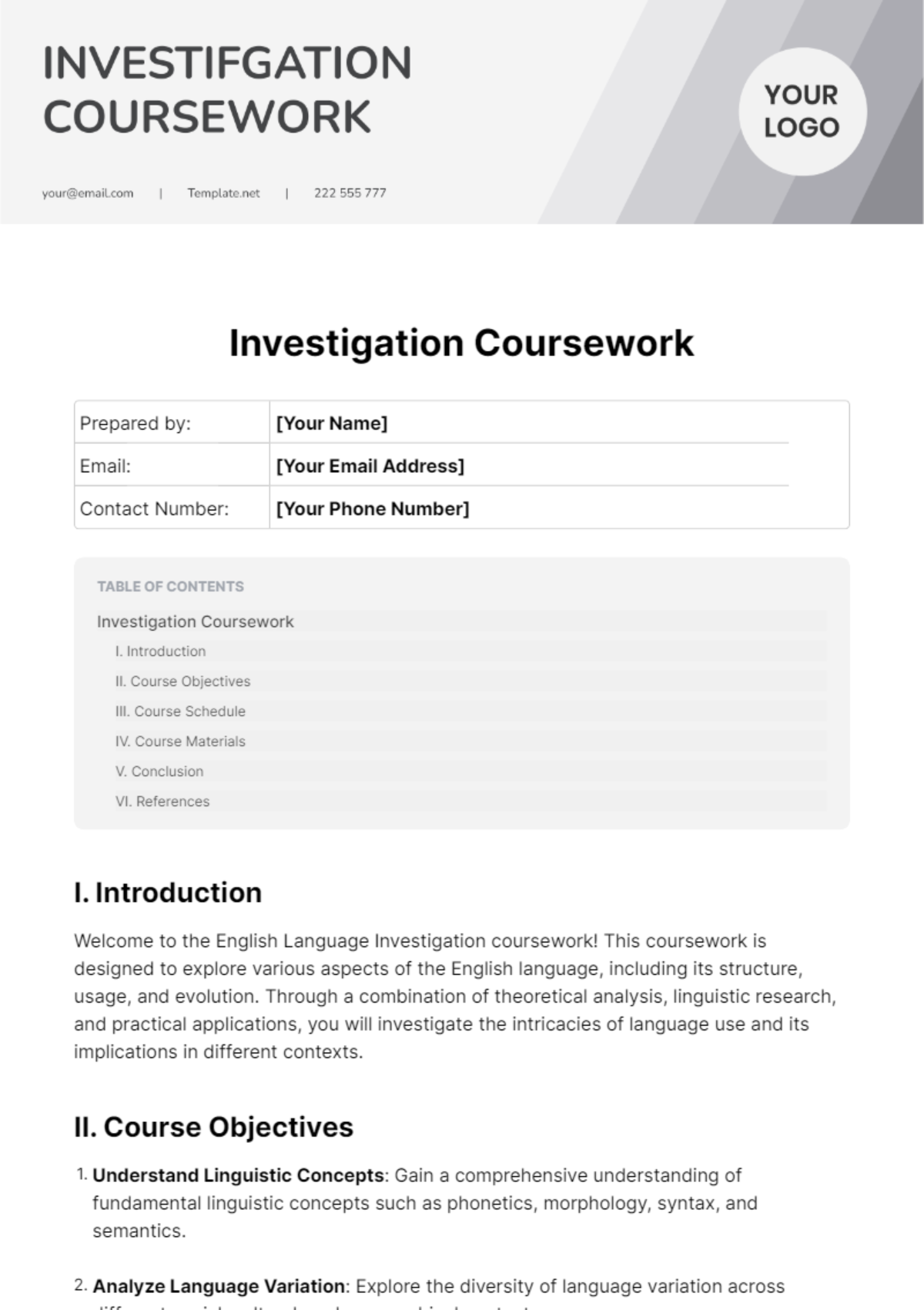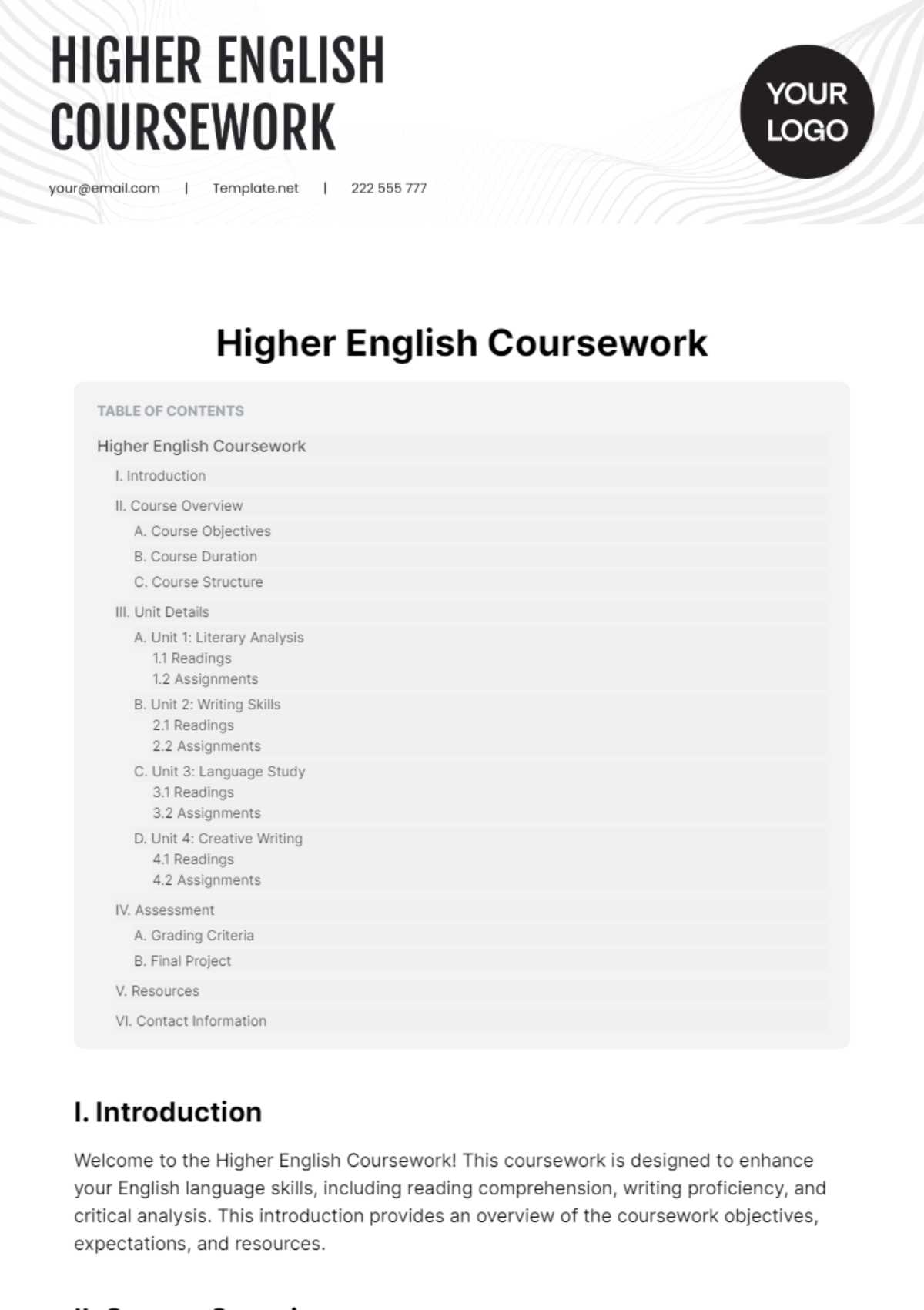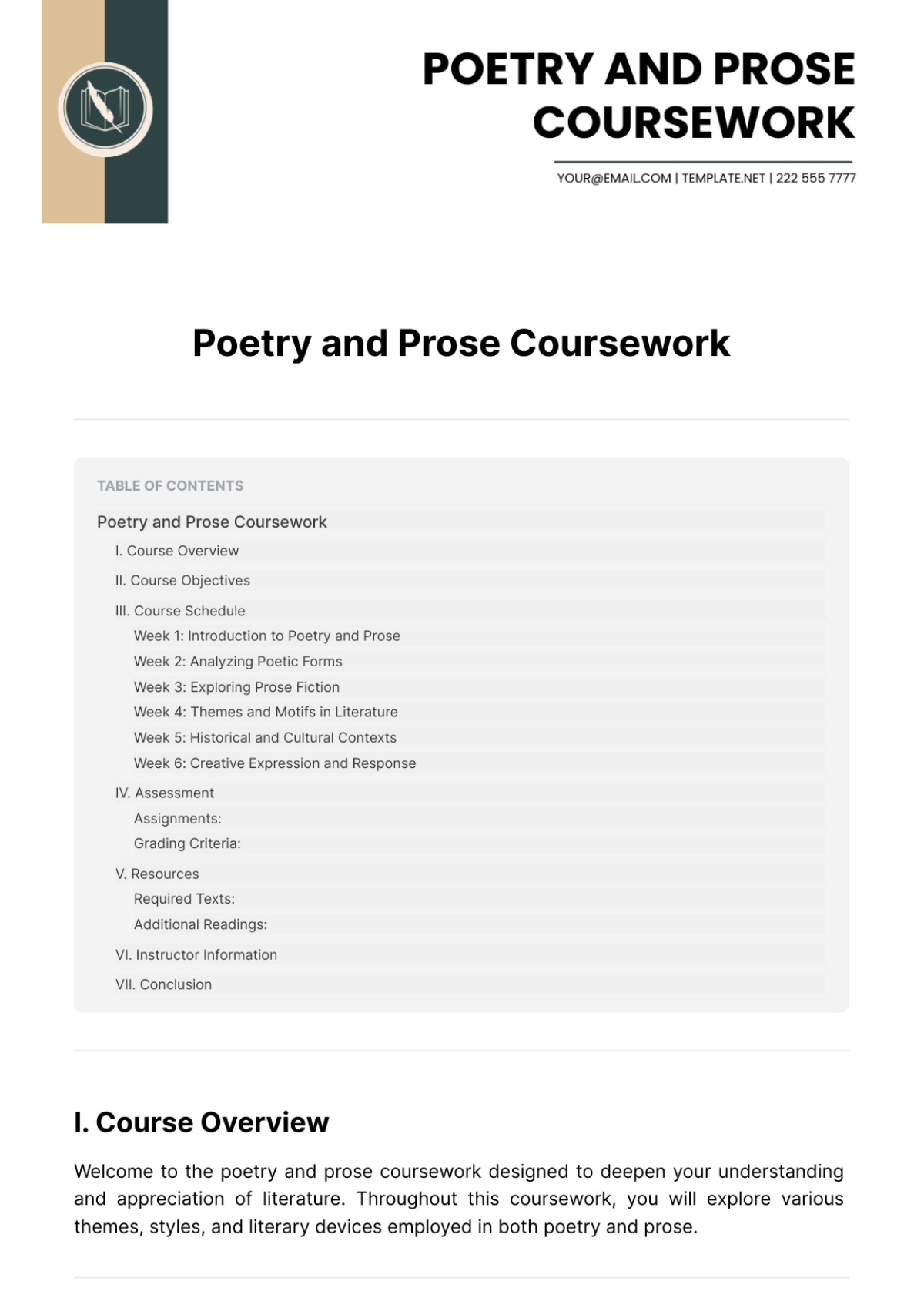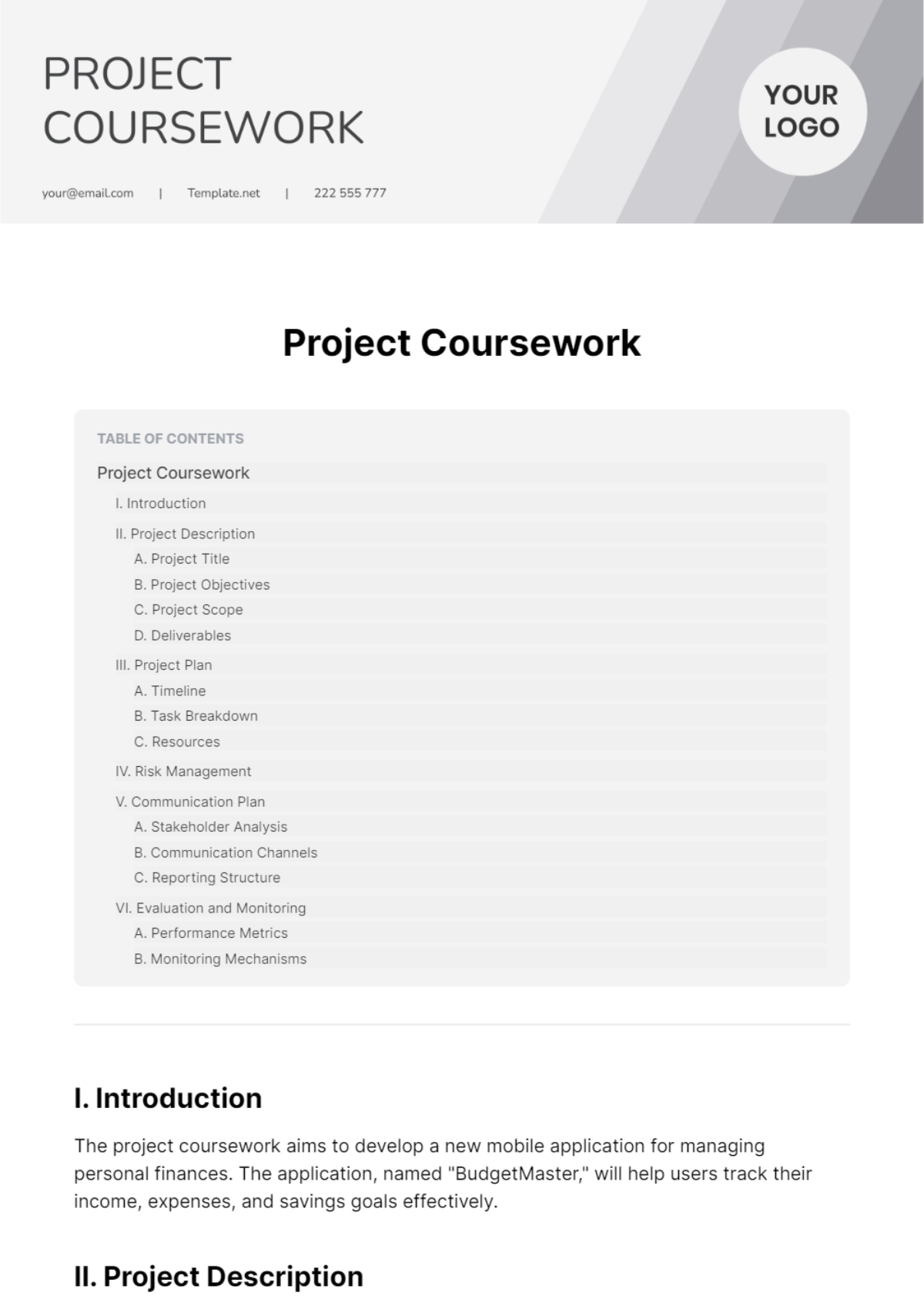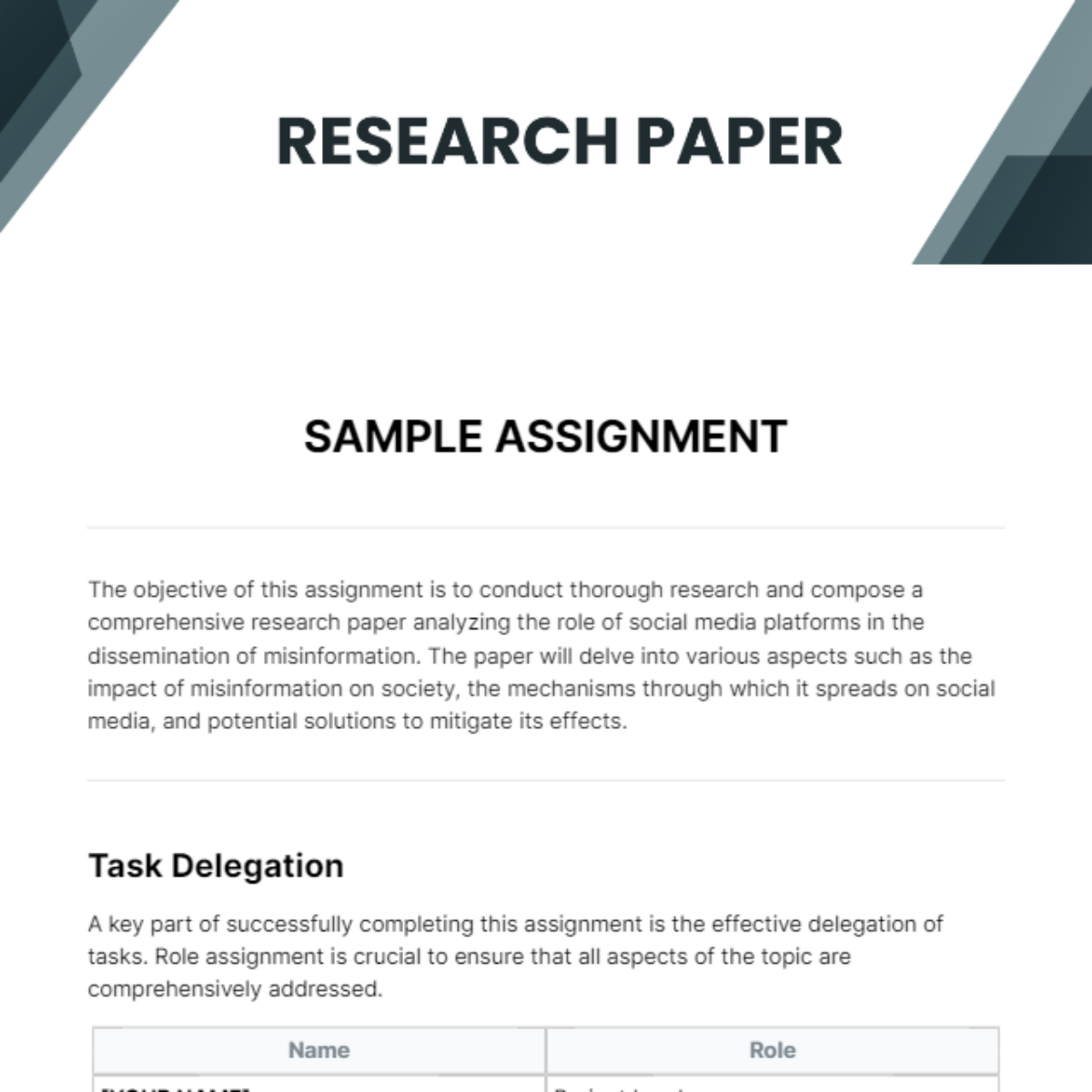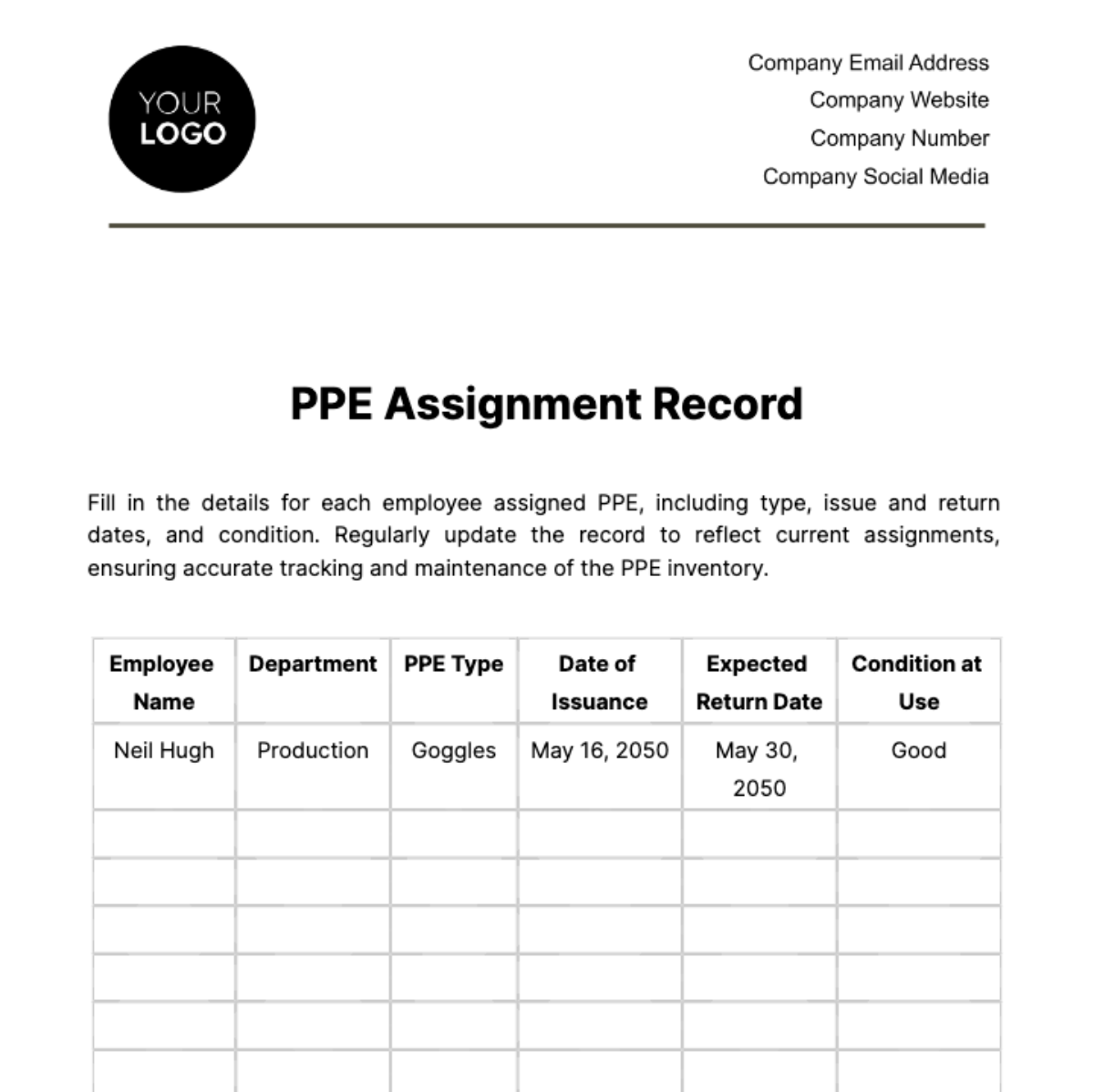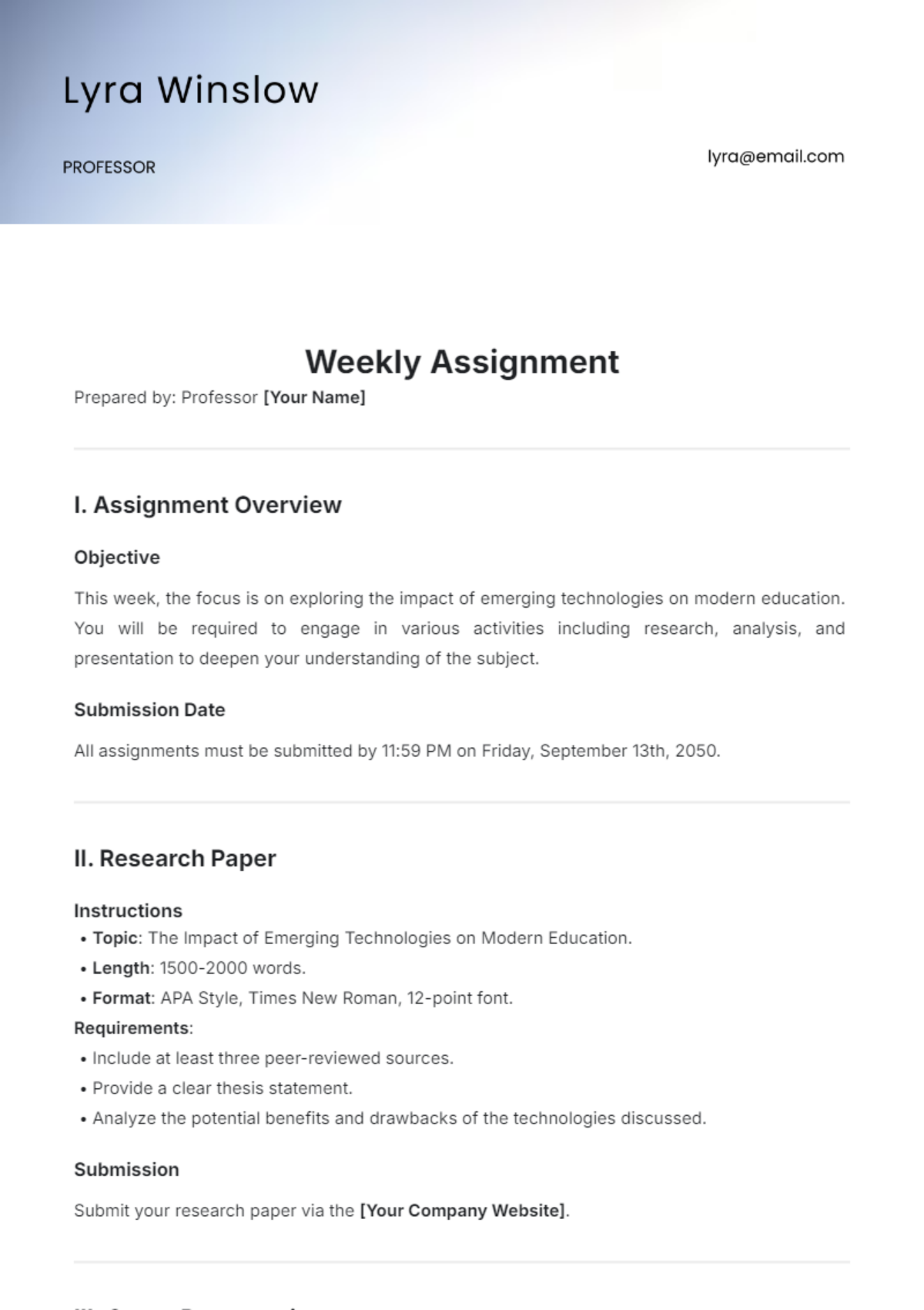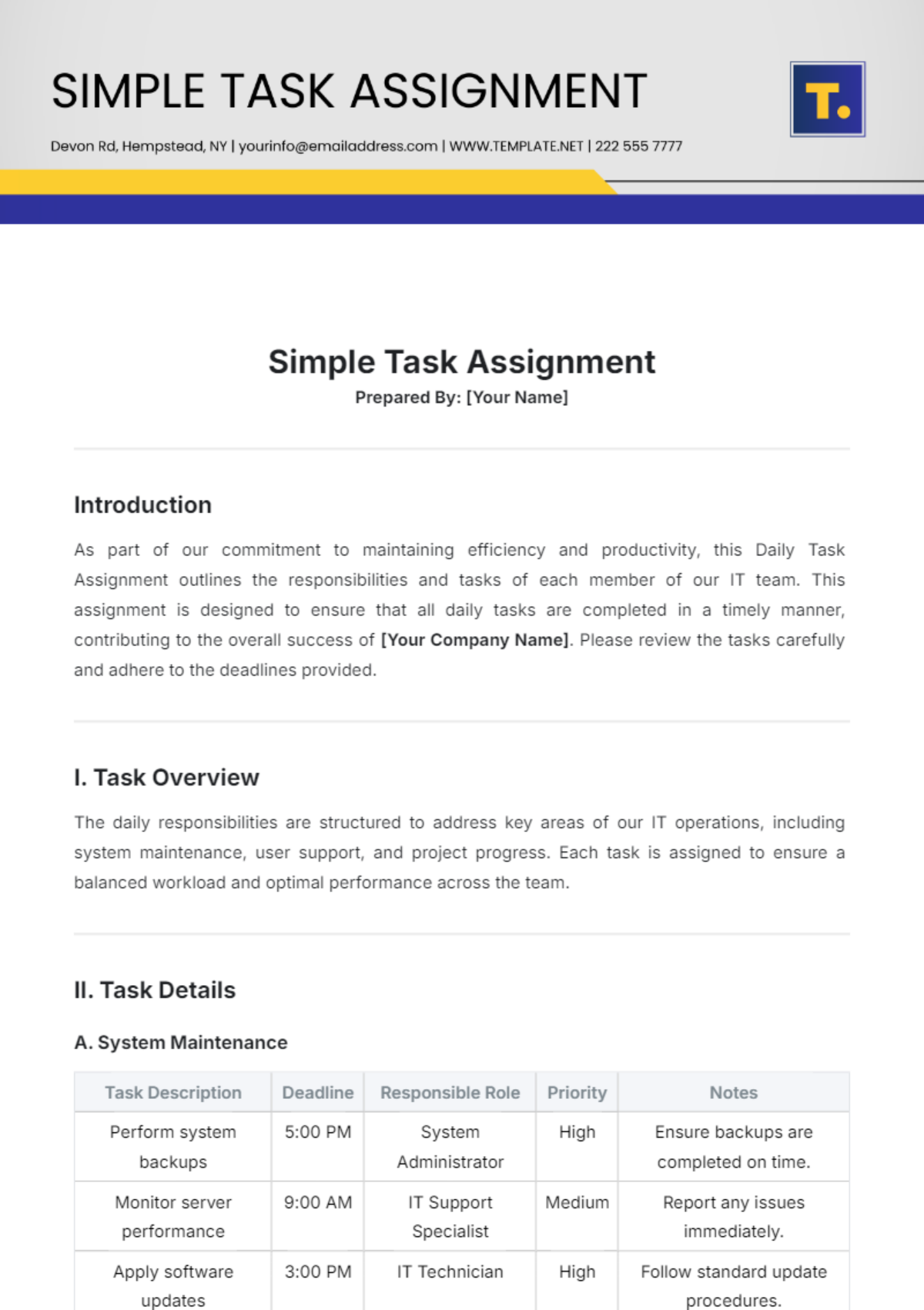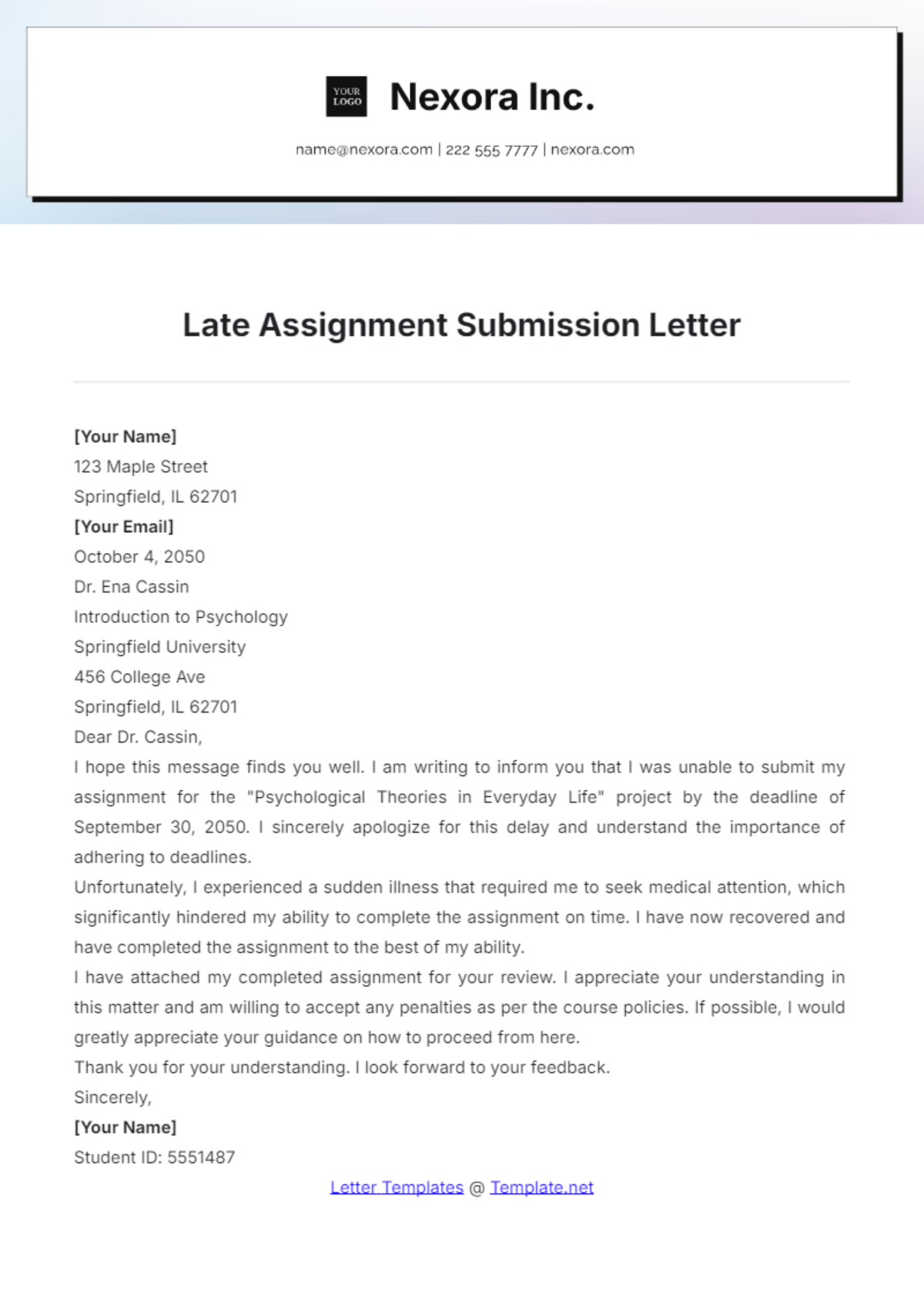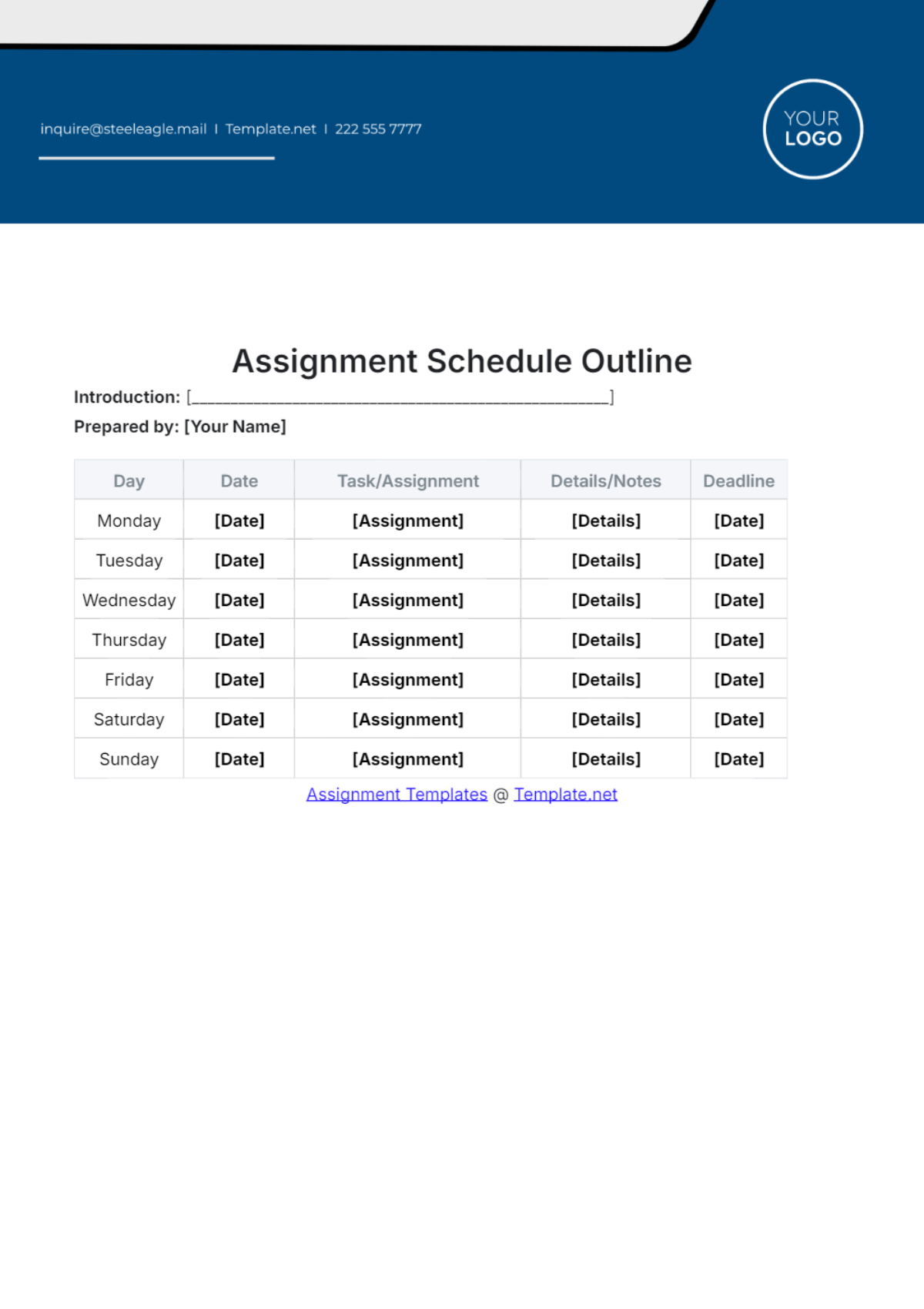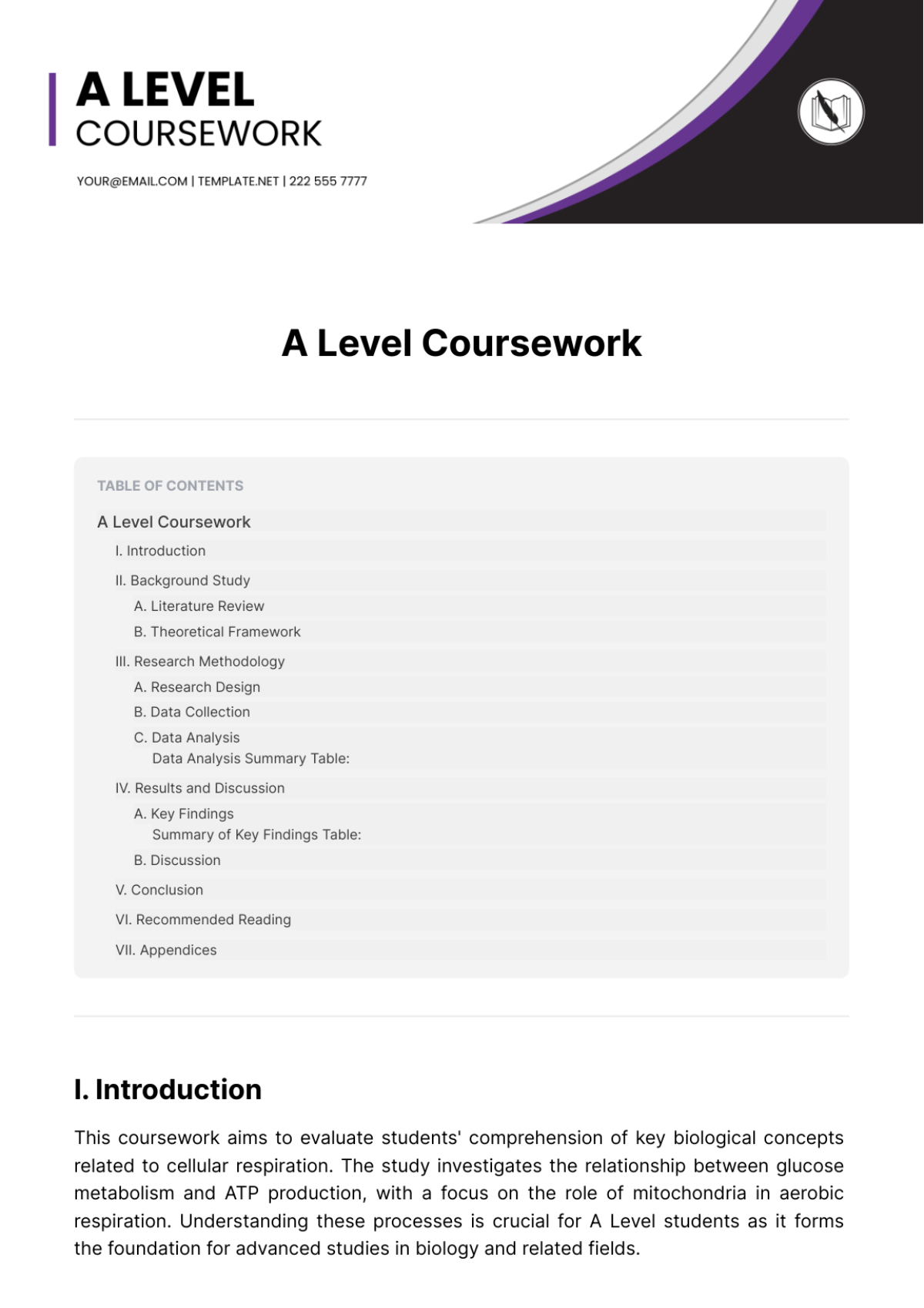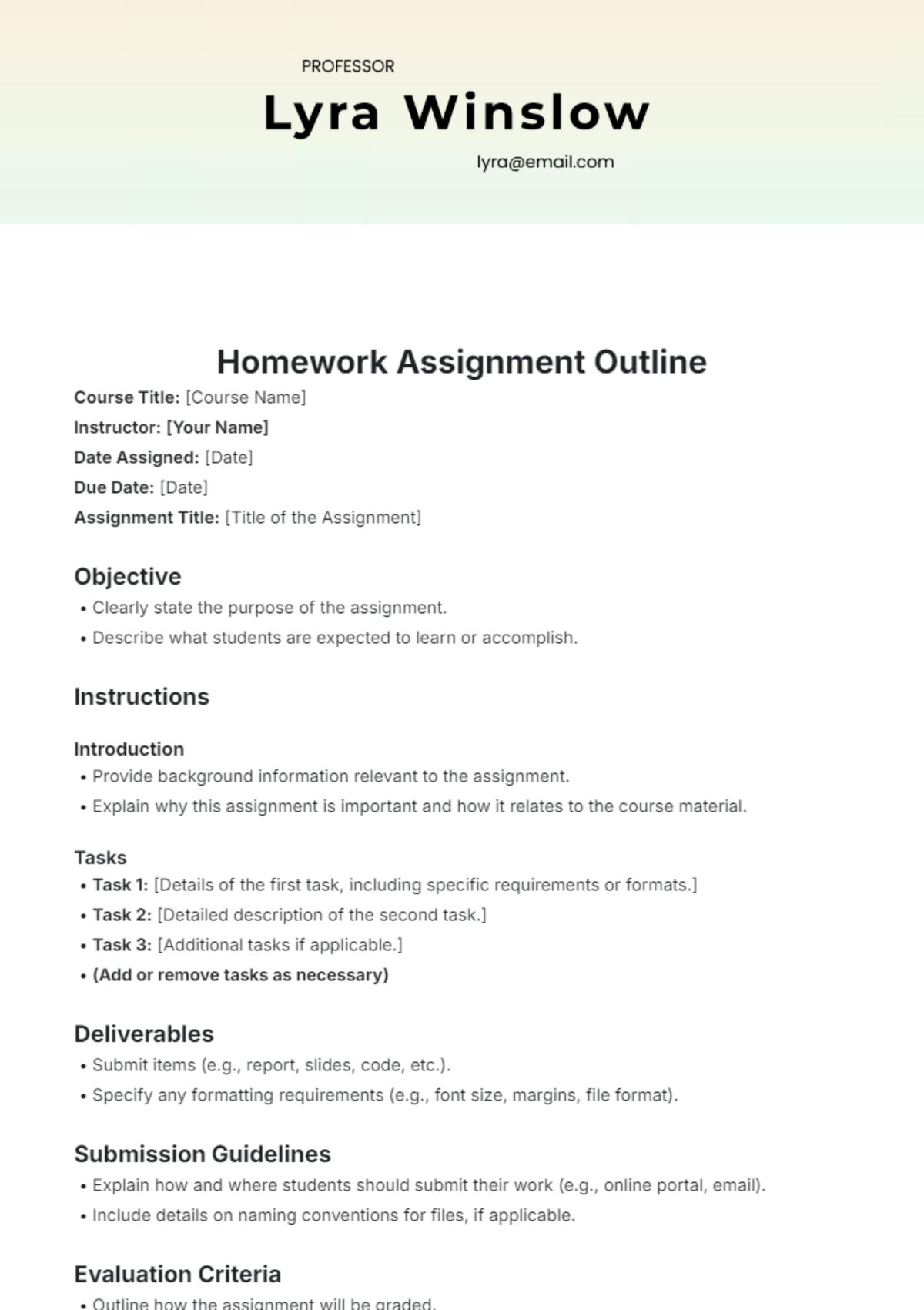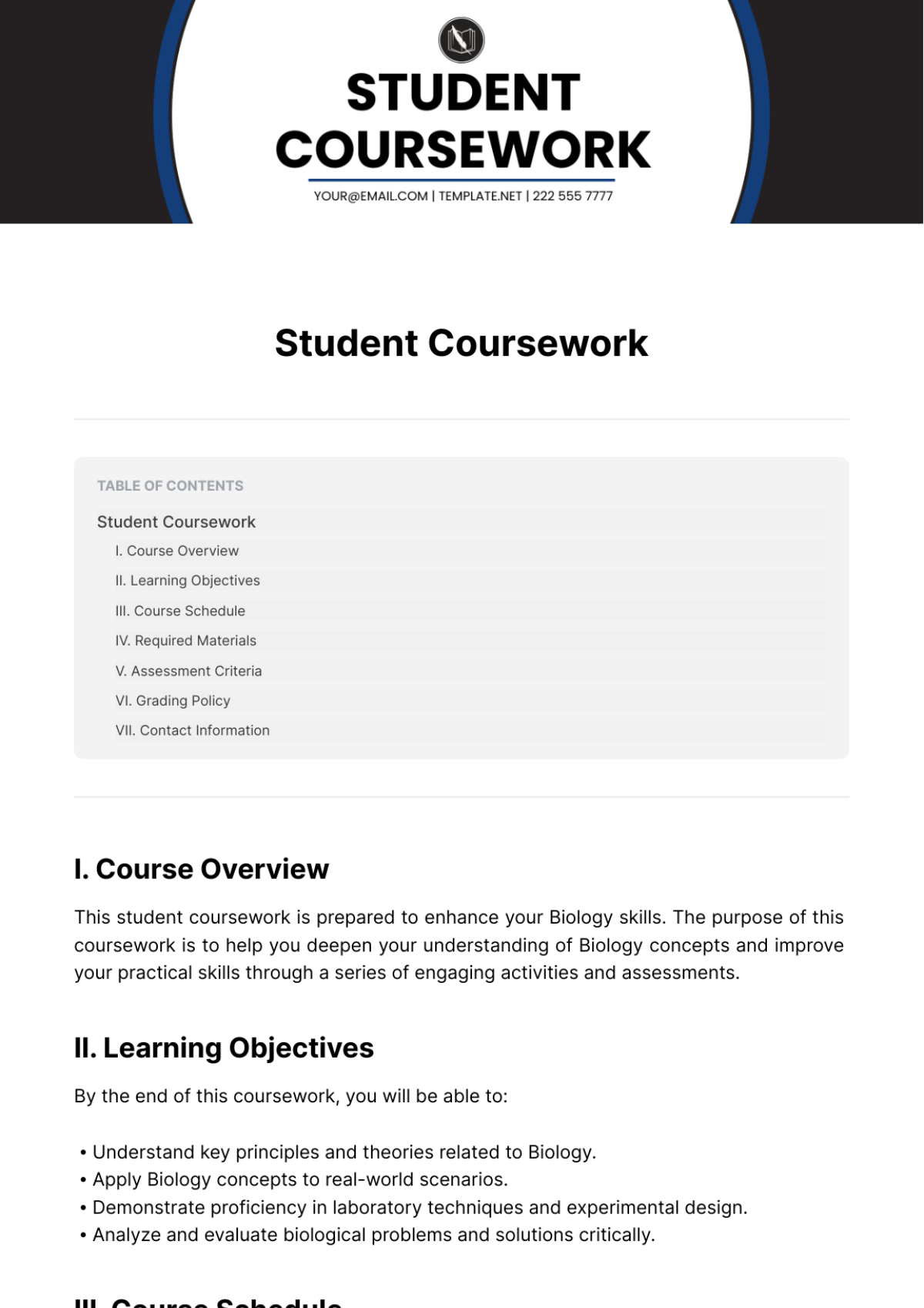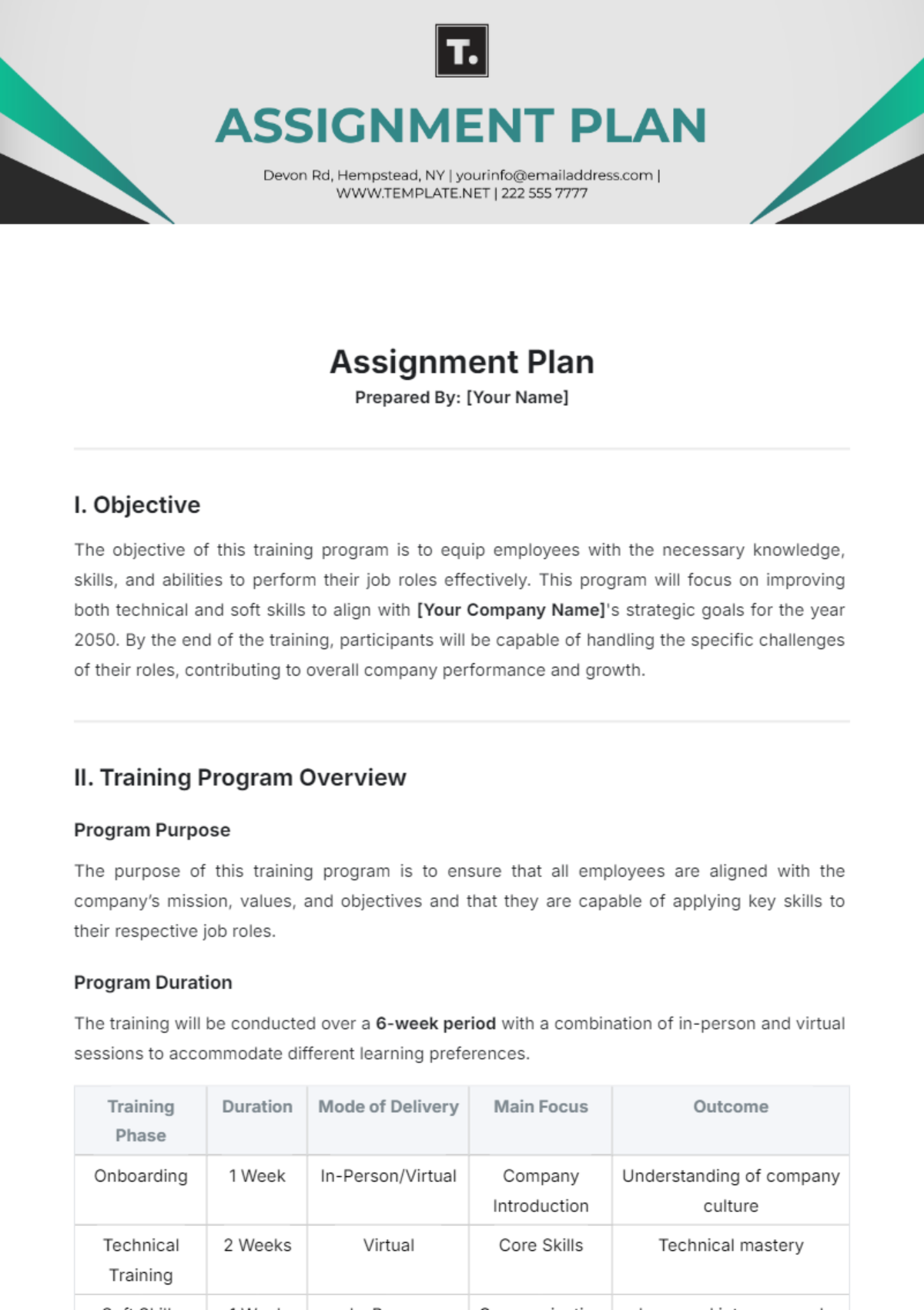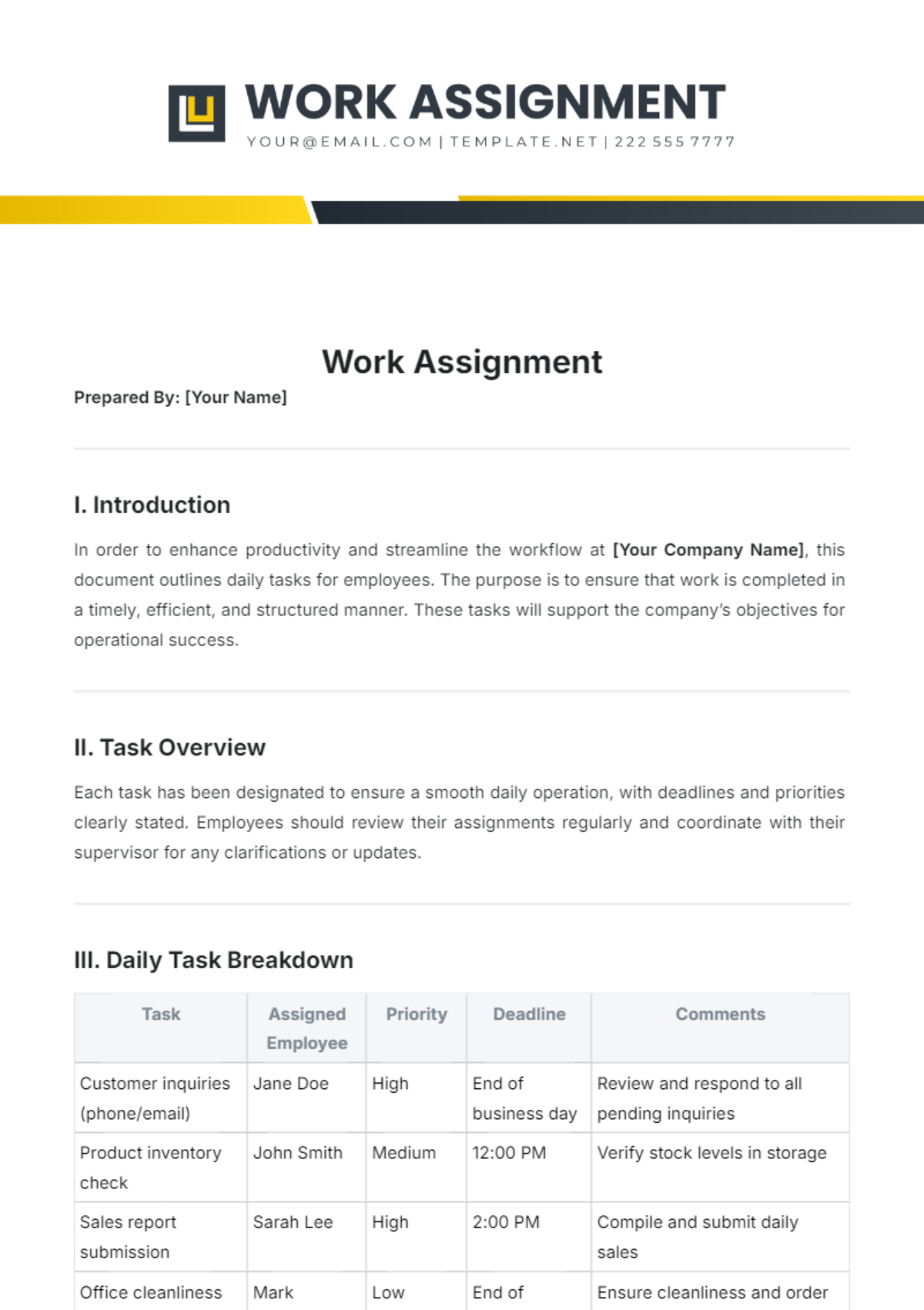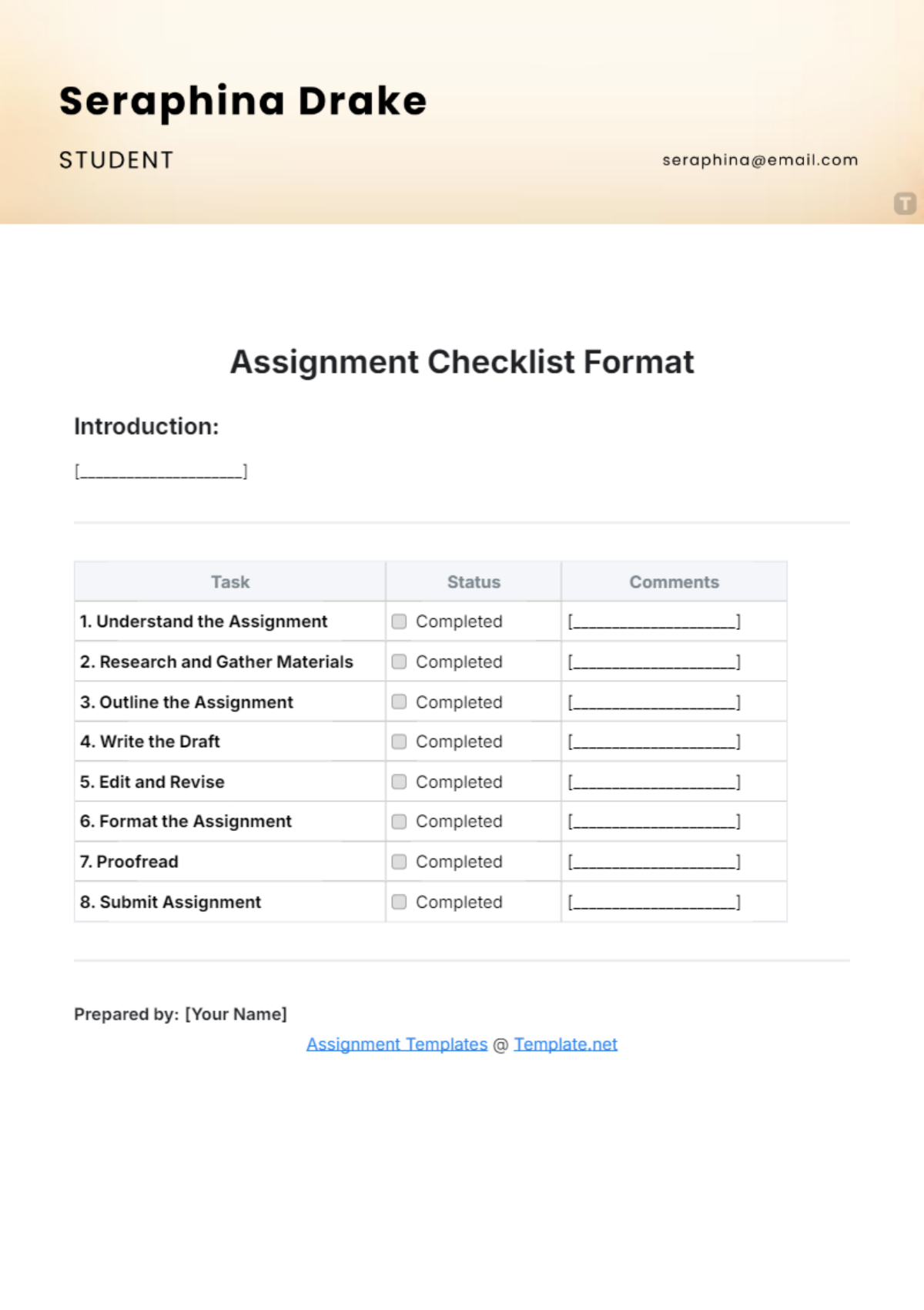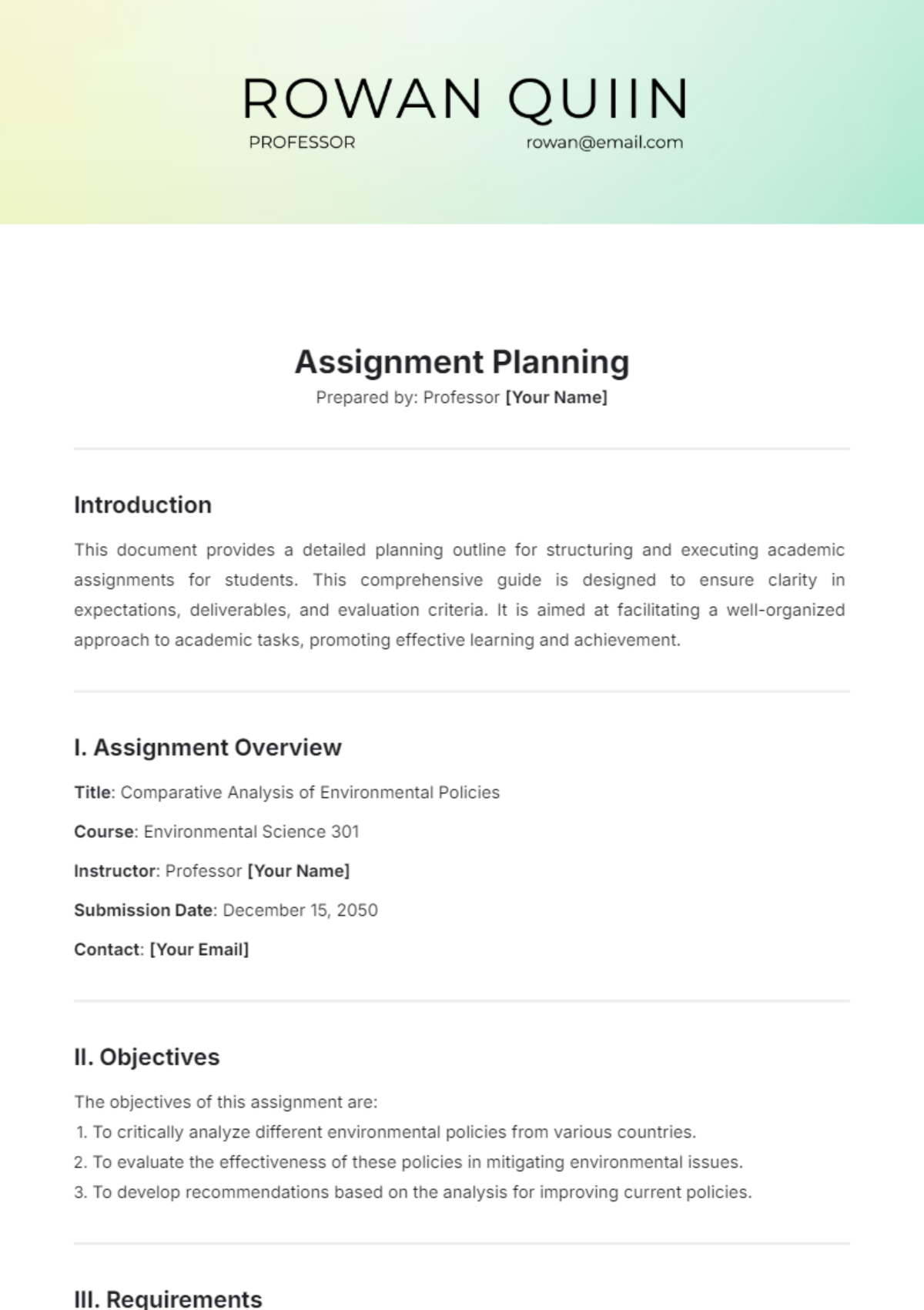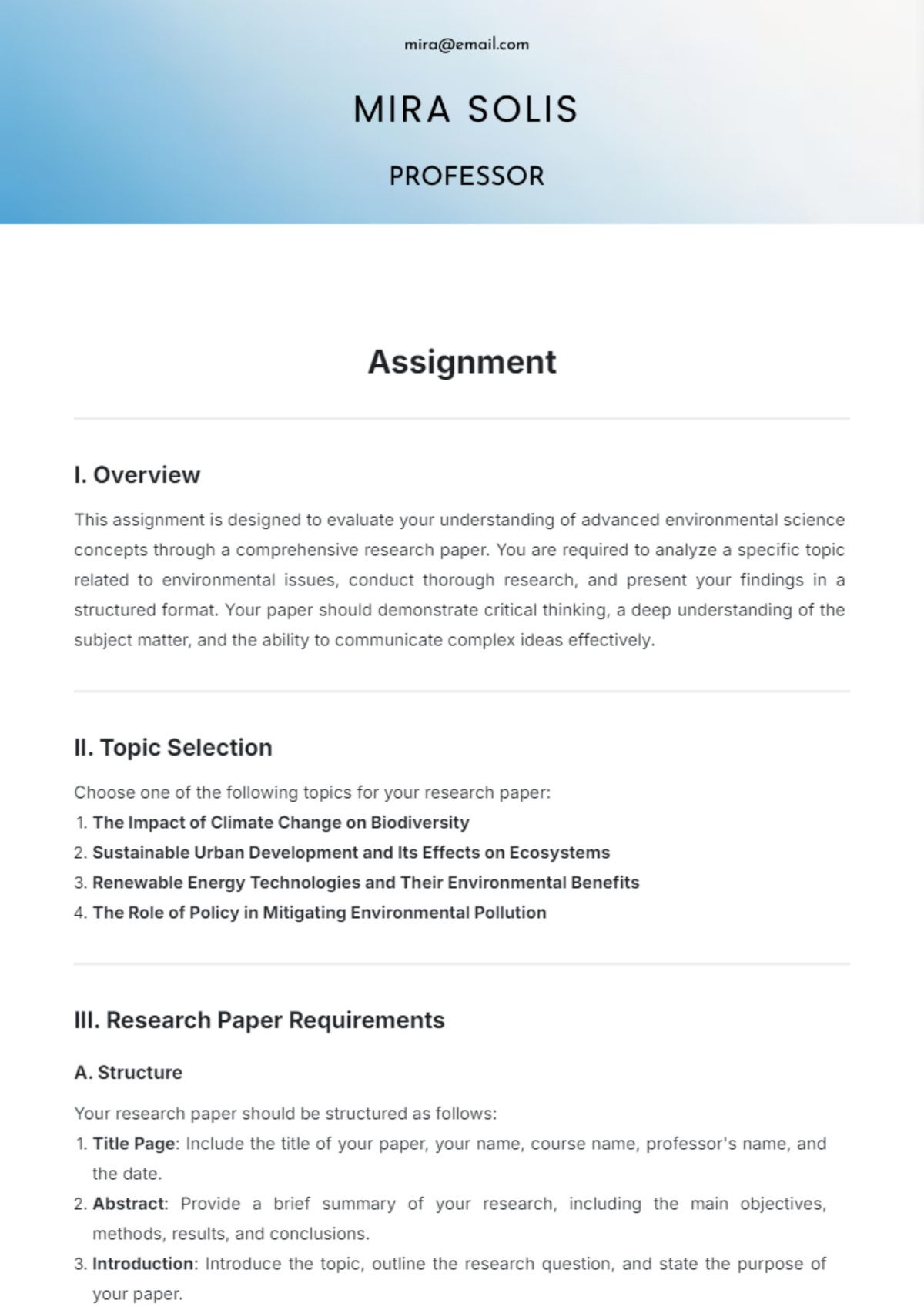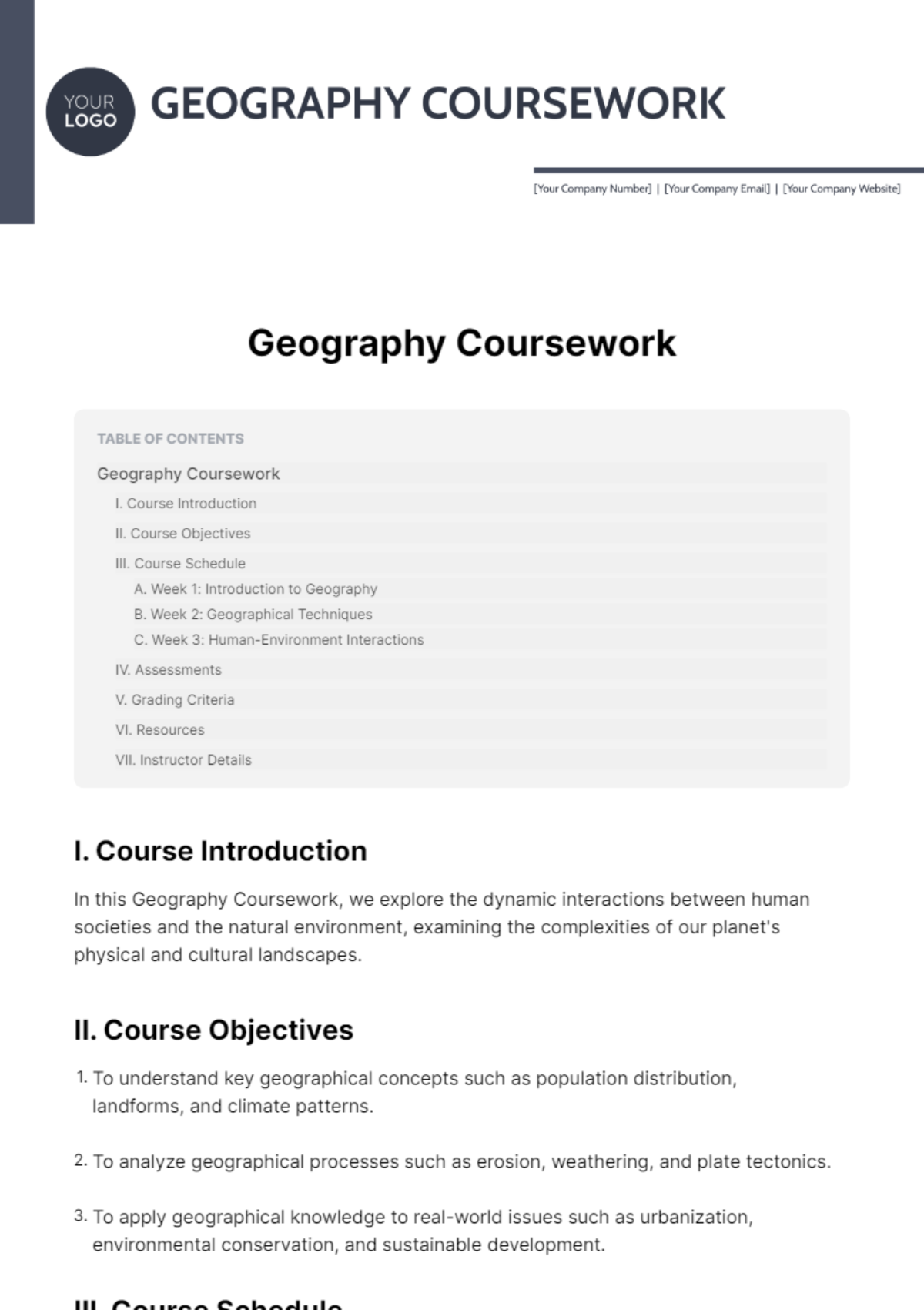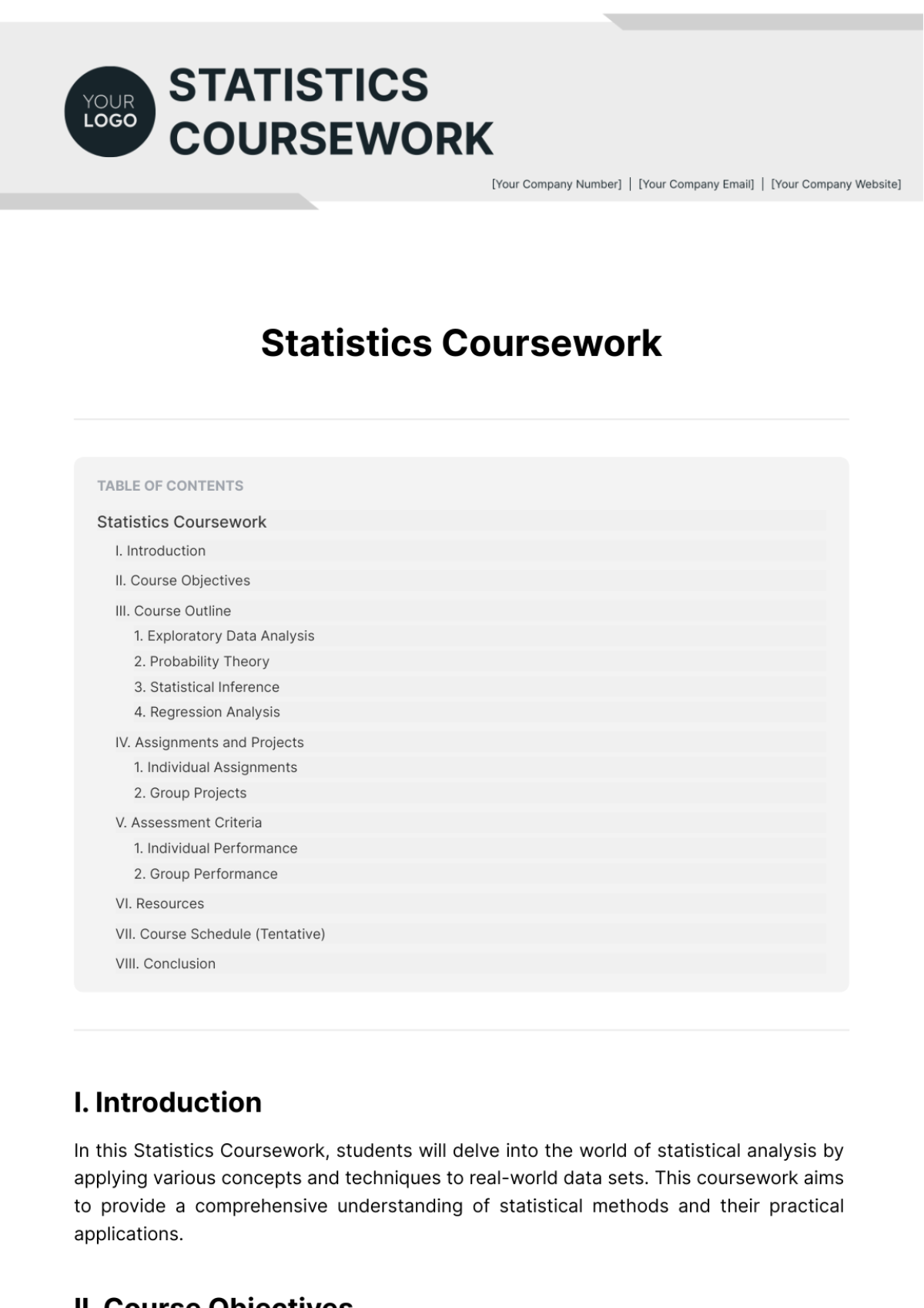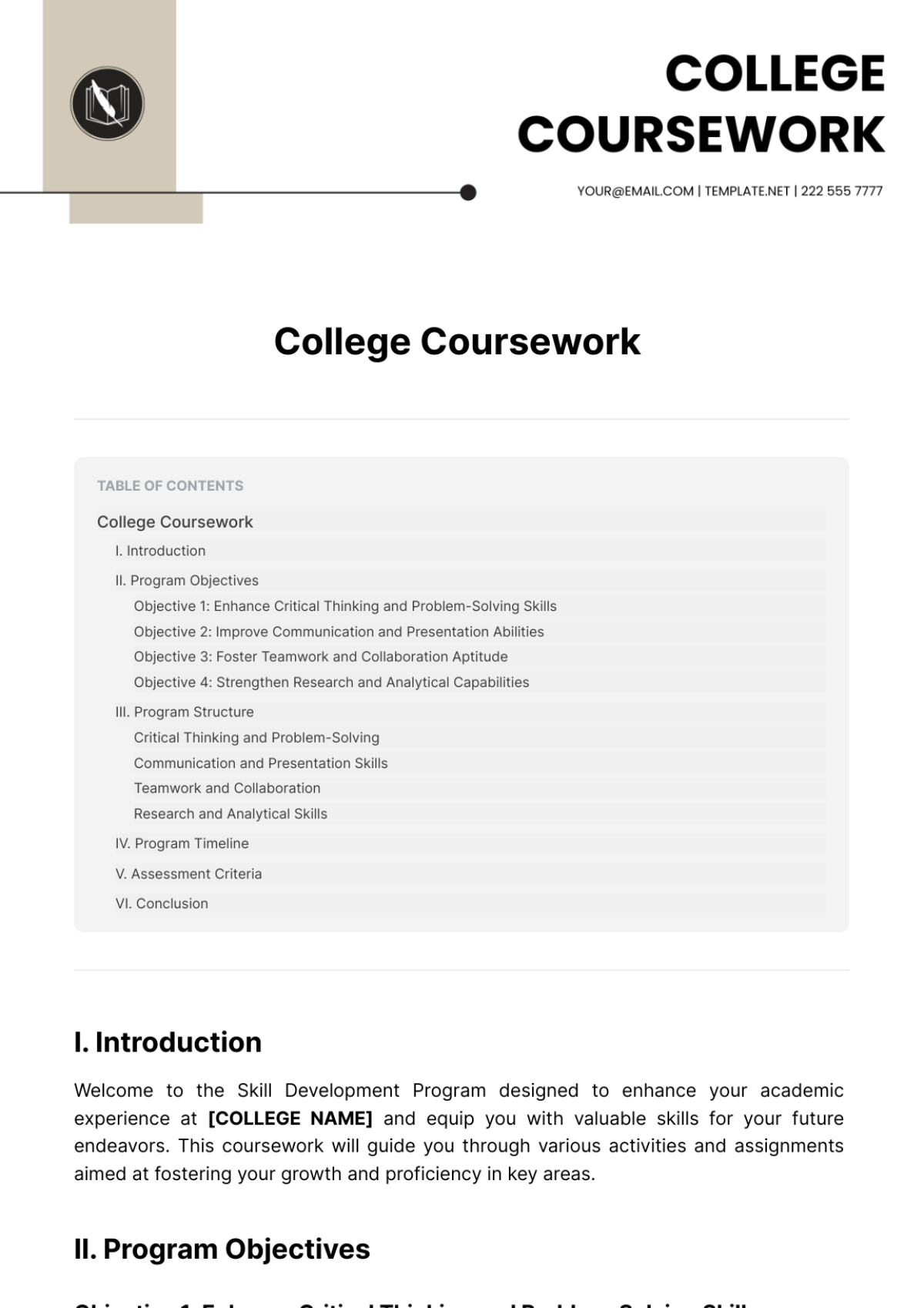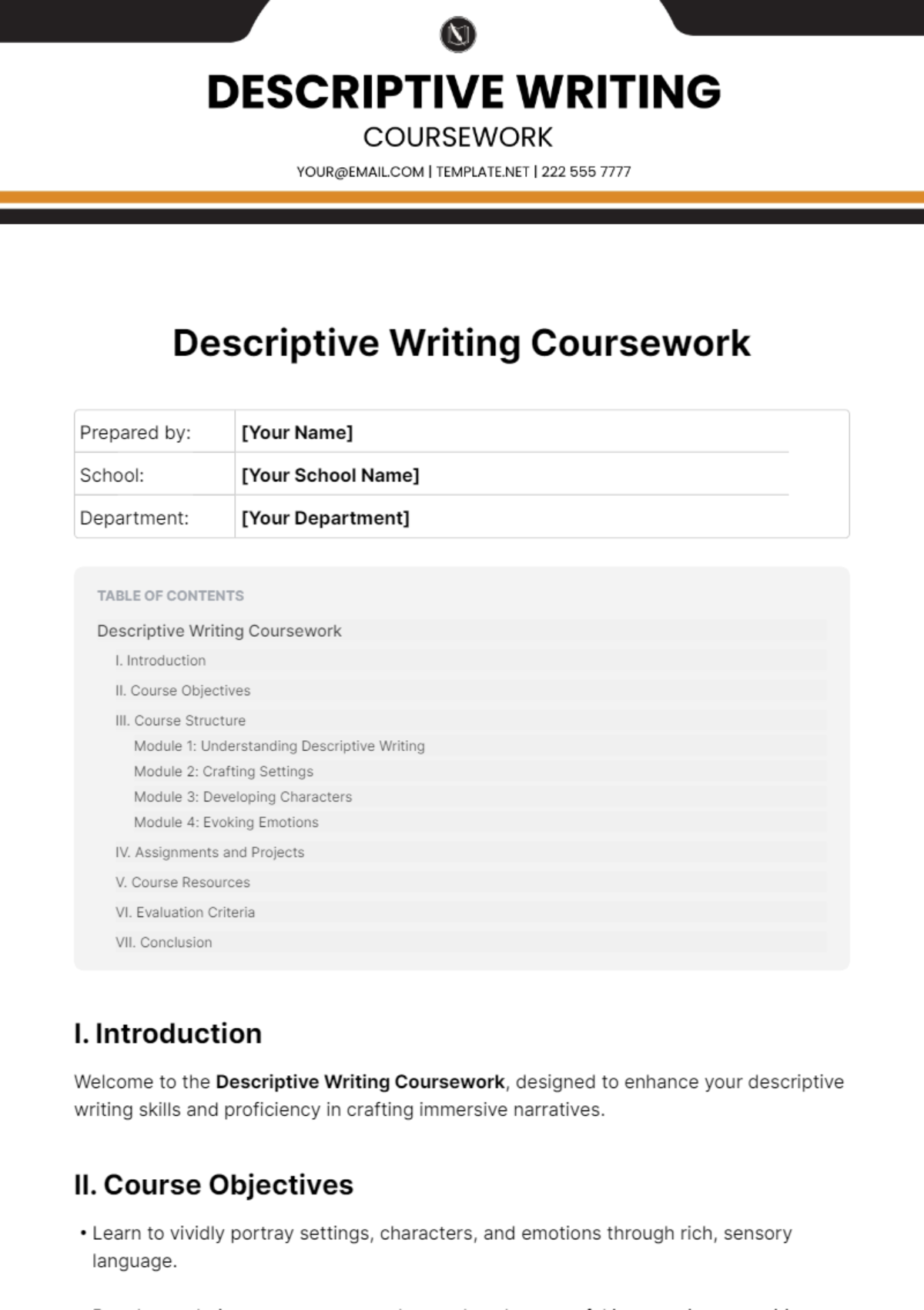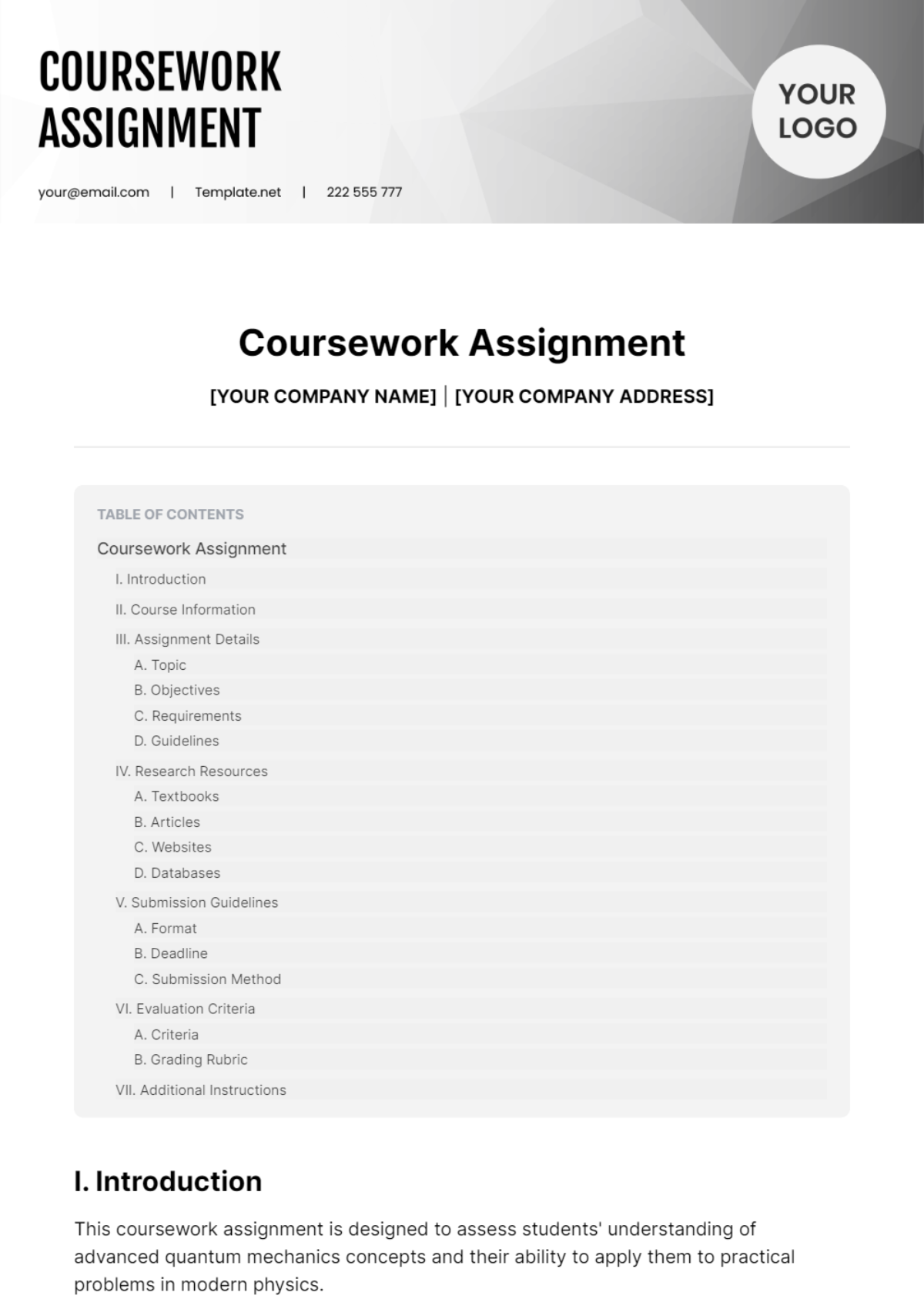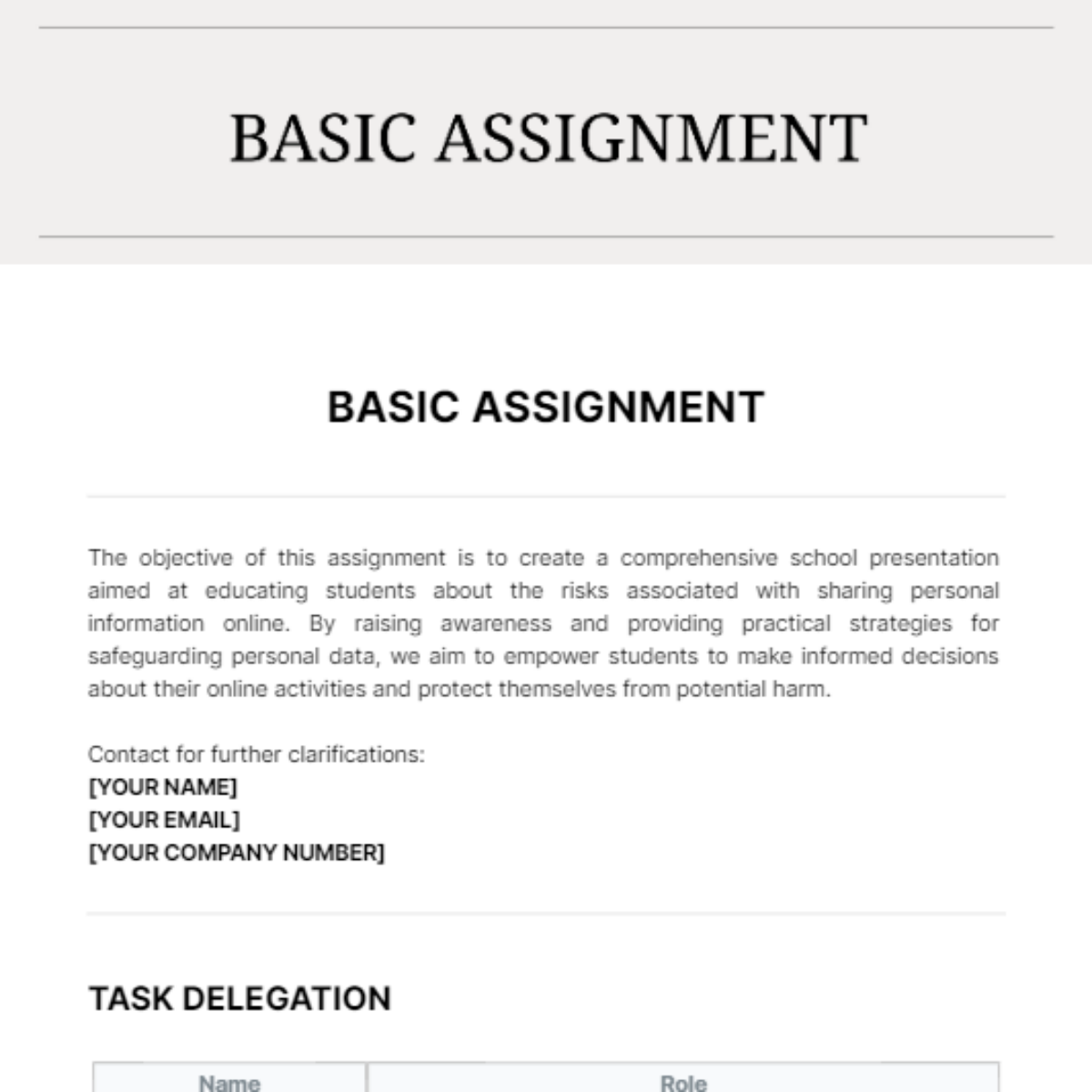Statistics Coursework
I. Introduction
In this Statistics Coursework, students will delve into the world of statistical analysis by applying various concepts and techniques to real-world data sets. This coursework aims to provide a comprehensive understanding of statistical methods and their practical applications.
II. Course Objectives
Understand fundamental statistical concepts such as probability, hypothesis testing, and regression analysis.
Gain proficiency in data manipulation and analysis using statistical software.
Apply statistical techniques to solve real-world problems and draw meaningful conclusions from data.
Develop critical thinking and analytical skills through hands-on experience with data sets from different domains.
III. Course Outline
1. Exploratory Data Analysis
Introduction to data visualization techniques.
Descriptive statistics: measures of central tendency and dispersion.
Visualizing data distributions using histograms, box plots, and scatter plots.
2. Probability Theory
Basic probability concepts: events, sample spaces, and probability rules.
Discrete and continuous probability distributions (e.g., binomial, normal).
Calculating probabilities and expected values.
3. Statistical Inference
Sampling distributions and the central limit theorem.
Estimation: confidence intervals for population parameters.
Hypothesis testing: principles and procedures.
4. Regression Analysis
Simple linear regression: fitting a line to data.
Multiple regression: modeling relationships between multiple variables.
Assessing the goodness of fit and interpreting regression results.
IV. Assignments and Projects
1. Individual Assignments
Weekly problem sets covering topics discussed in class.
Data analysis projects: analyzing provided data sets and interpreting results.
2. Group Projects
Collaborative data analysis projects: groups will be assigned real-world data sets to explore and analyze.
Presentation of findings: groups will present their analysis and conclusions to the class.
V. Assessment Criteria
1. Individual Performance
Completion and accuracy of individual assignments.
Understanding of statistical concepts demonstrated in class discussions and assessments.
Timely submission of assignments and active participation in class activities.
2. Group Performance
Contribution to group projects: participation in data analysis and presentation preparation.
Collaboration and communication within the group.
Quality of presentation and clarity of findings during group presentations.
VI. Resources
Textbook: Introduction to Statistical Learning by Gareth James, Daniela Witten, Trevor Hastie, and Robert Tibshirani.
Software: RStudio for statistical analysis and data visualization.
Online Resources: Access to supplementary materials and tutorials on statistical concepts and software usage.
VII. Course Schedule (Tentative)
Week | Topics Covered | Assignments/Projects |
|---|---|---|
1 | Introduction to EDA | Descriptive Statistics Exercise |
2 | Probability Basics | Probability Distributions Assignment |
3 | Statistical Inference | Hypothesis Testing Quiz |
4 | Regression Analysis | Linear Regression Project |
5 | Multiple Regression | Multiple Regression Analysis Report |
6 | Group Project Preparation | Data Analysis Project Presentation |
VIII. Conclusion
This Statistics Coursework aims to equip students with the necessary tools and skills to analyze and interpret data effectively using statistical methods. By engaging with real-world data sets and applying theoretical knowledge to practical problems, students will develop a deeper understanding of statistics and its applications in various fields.
